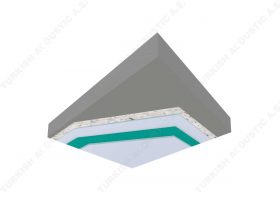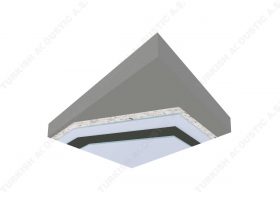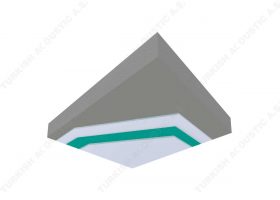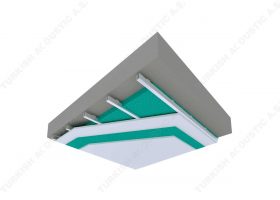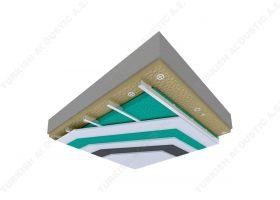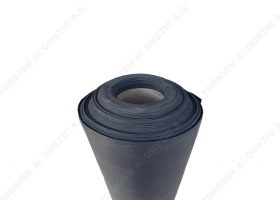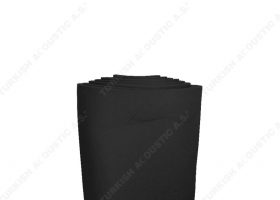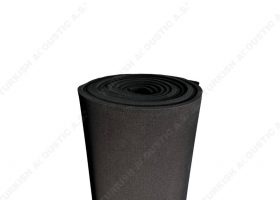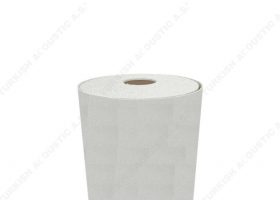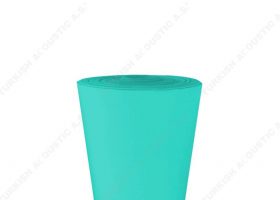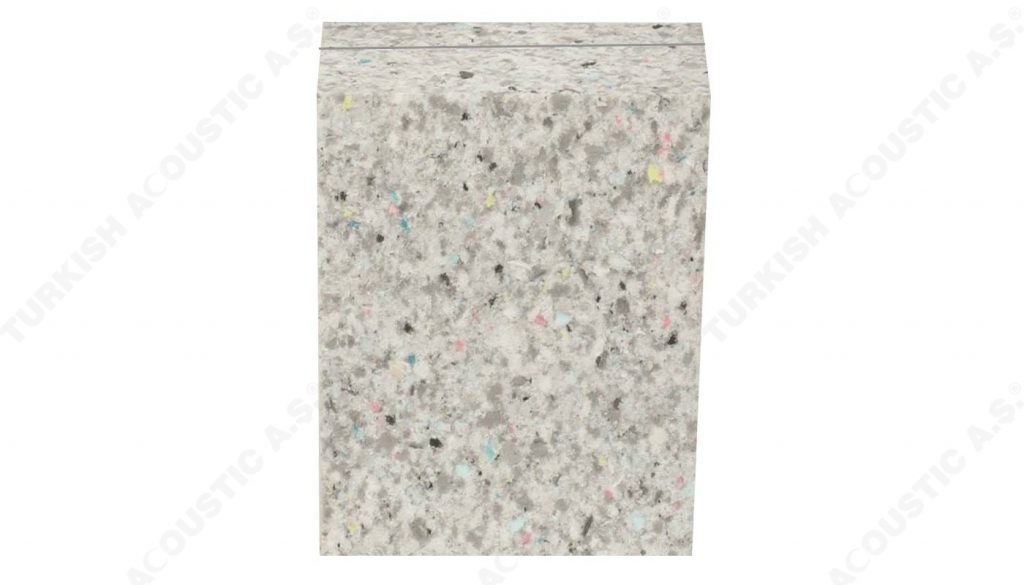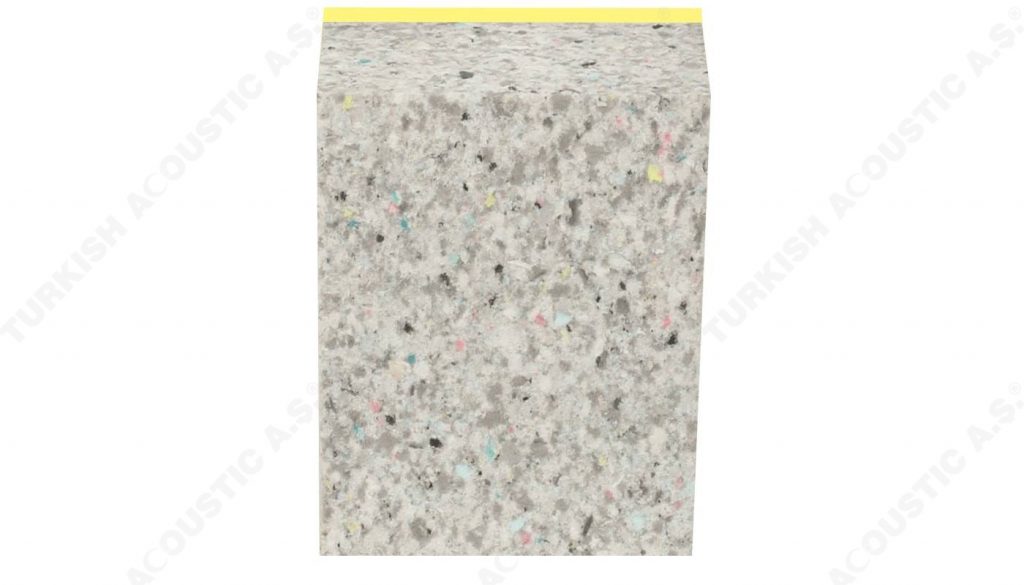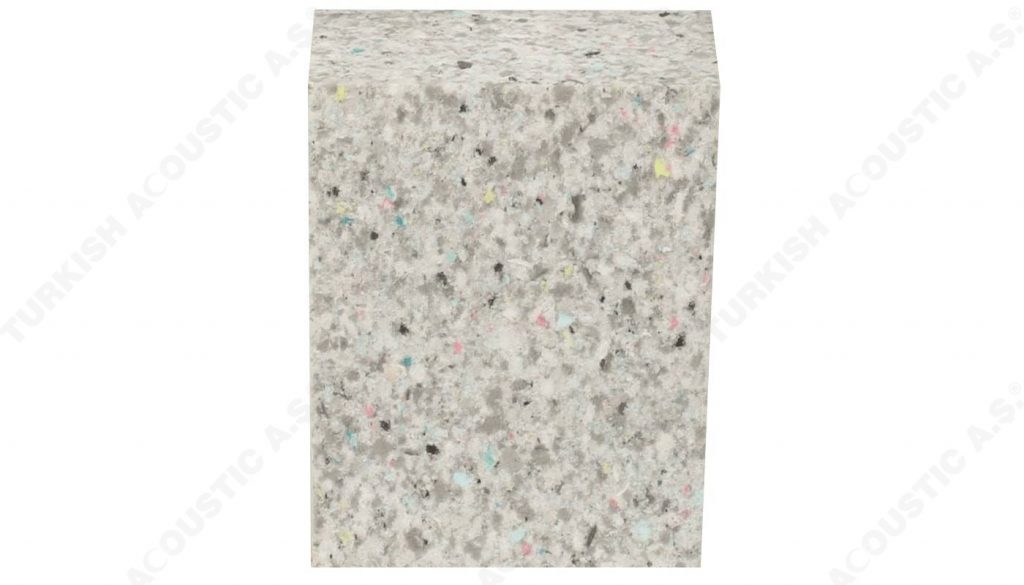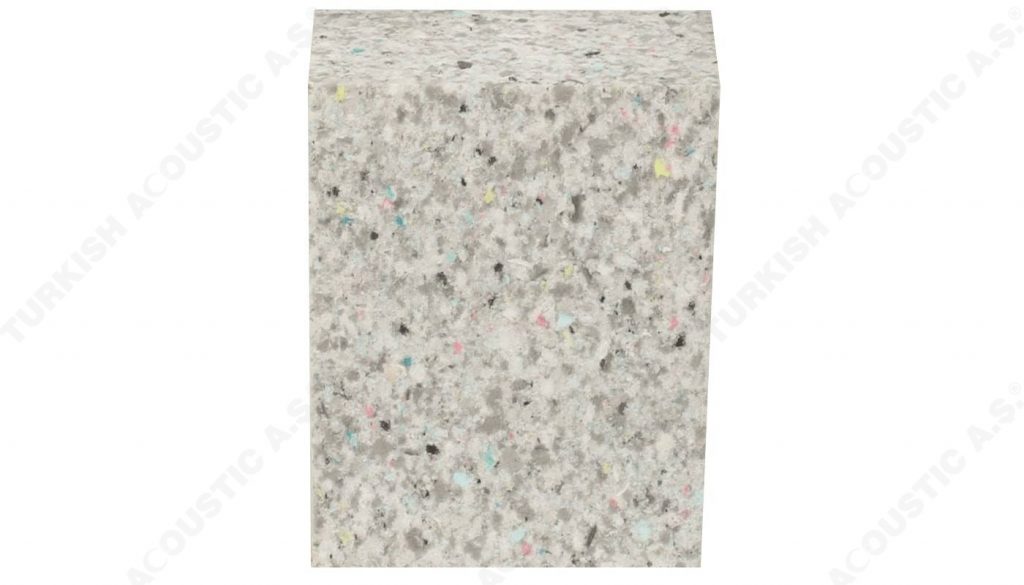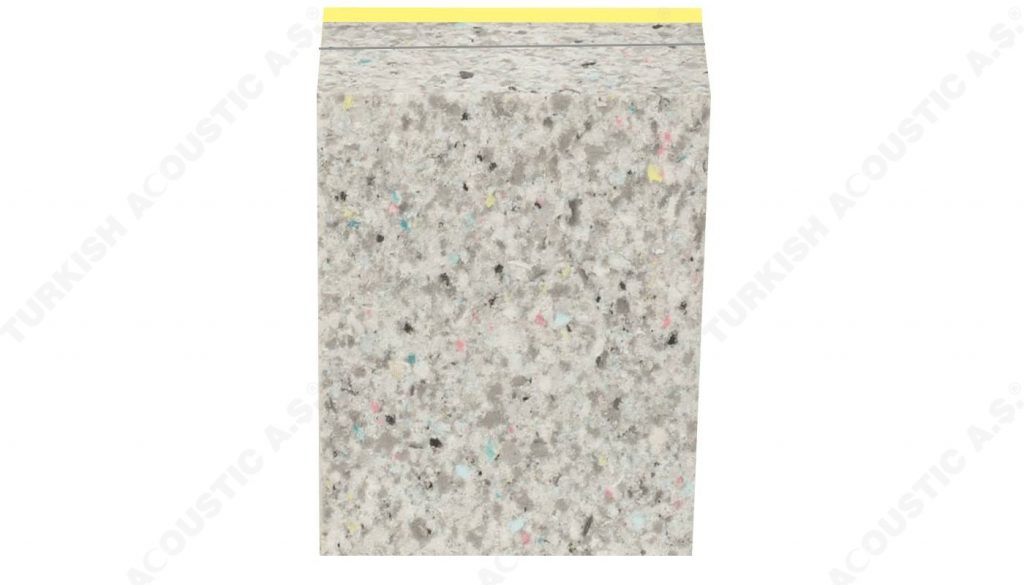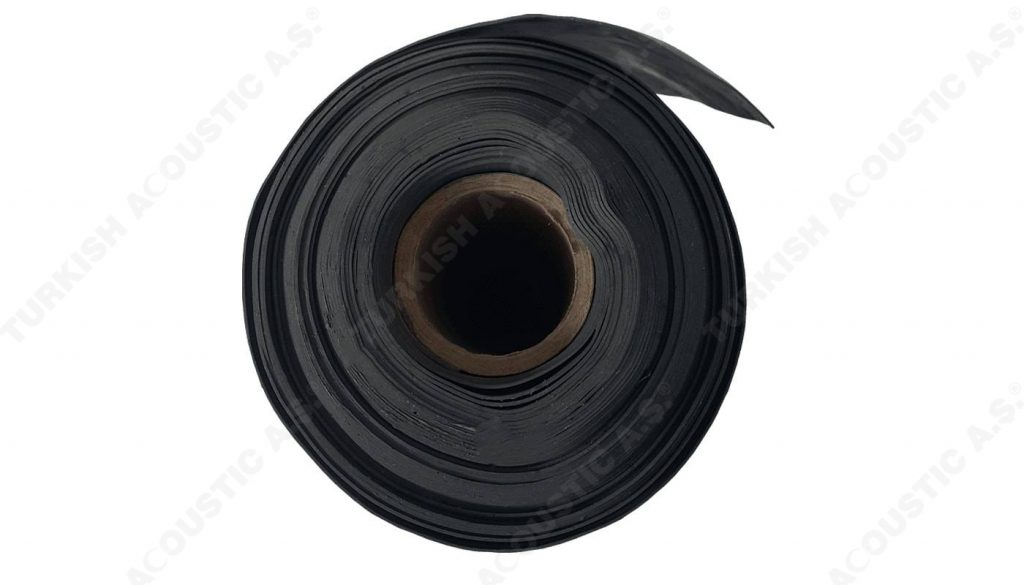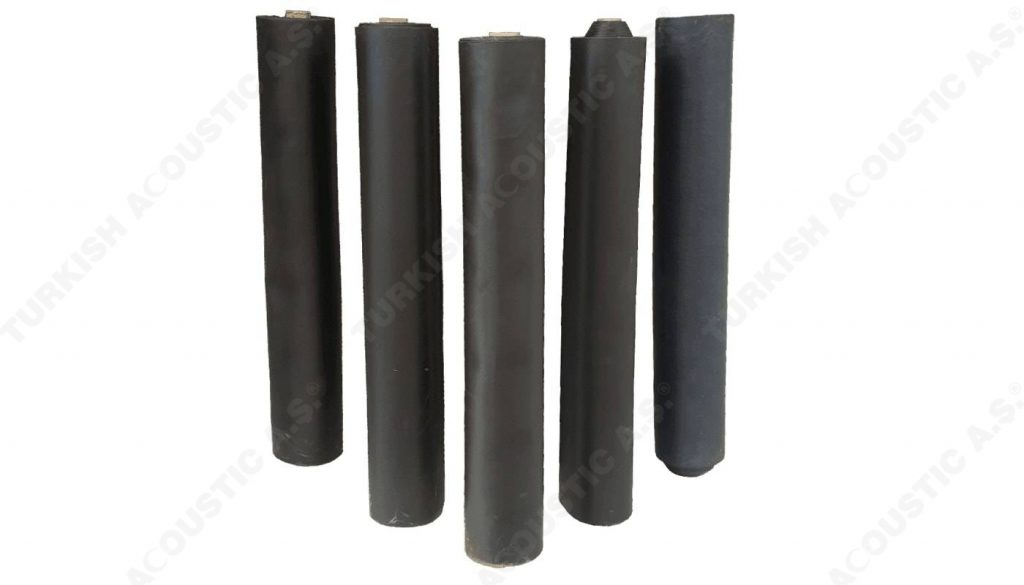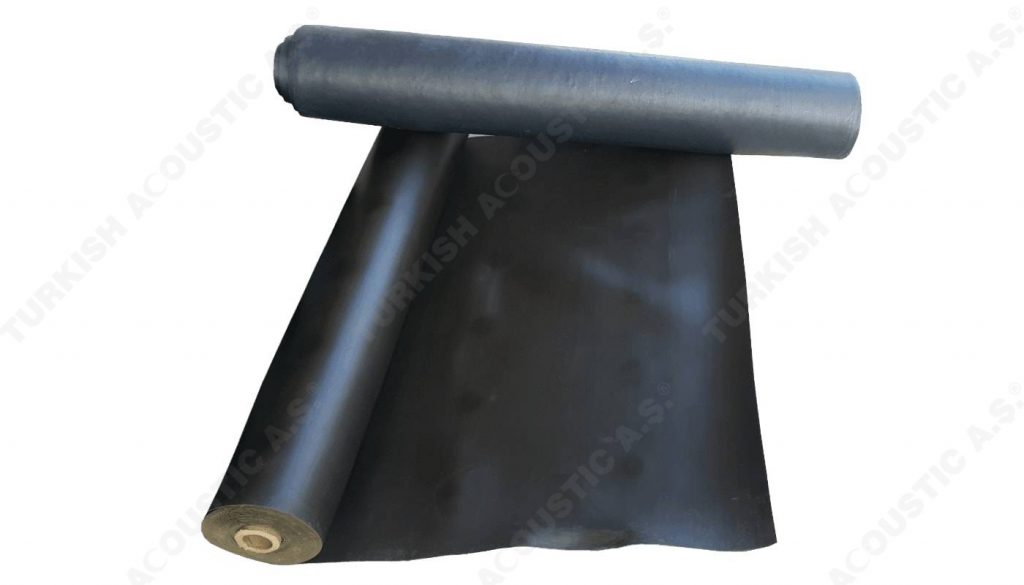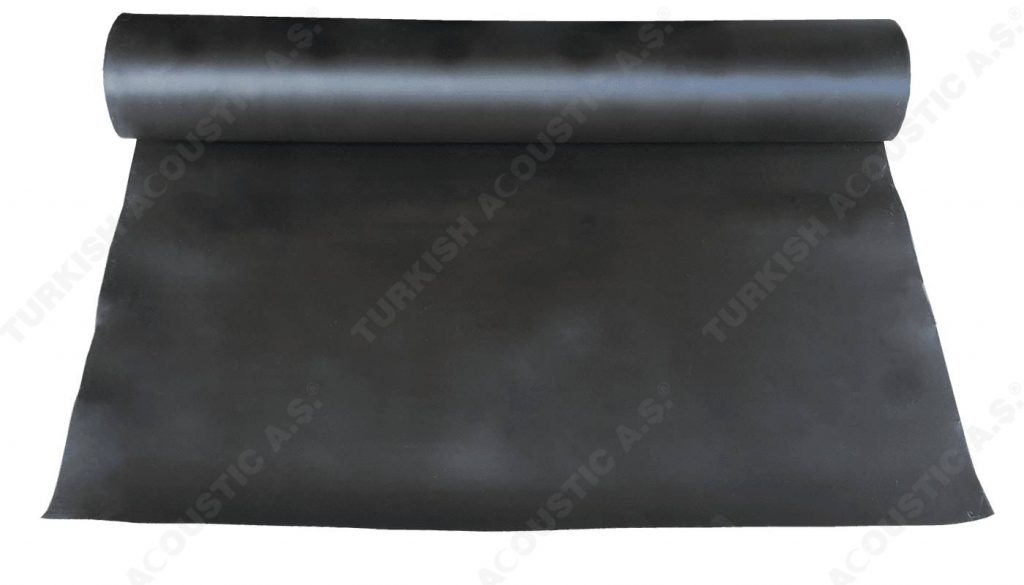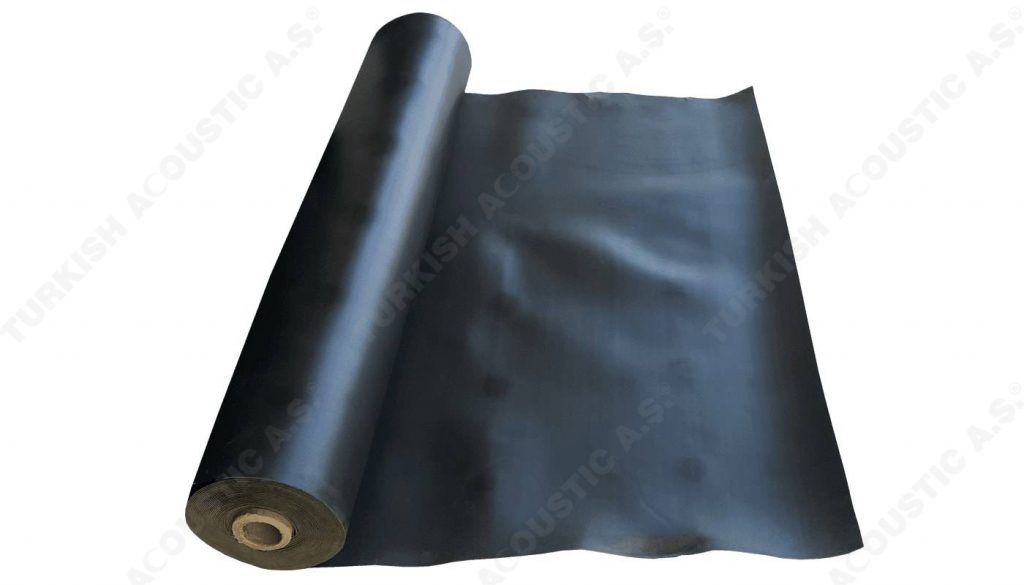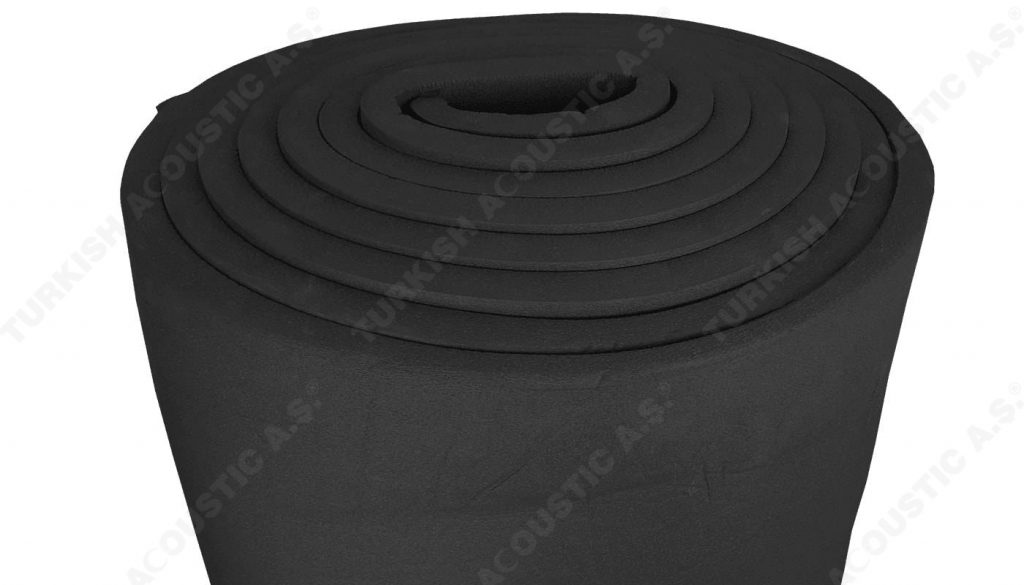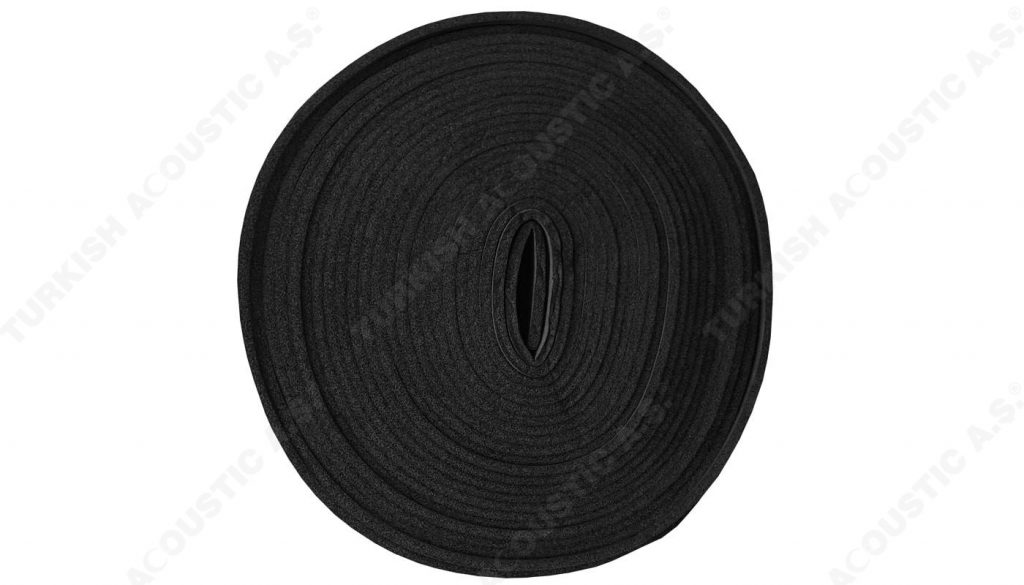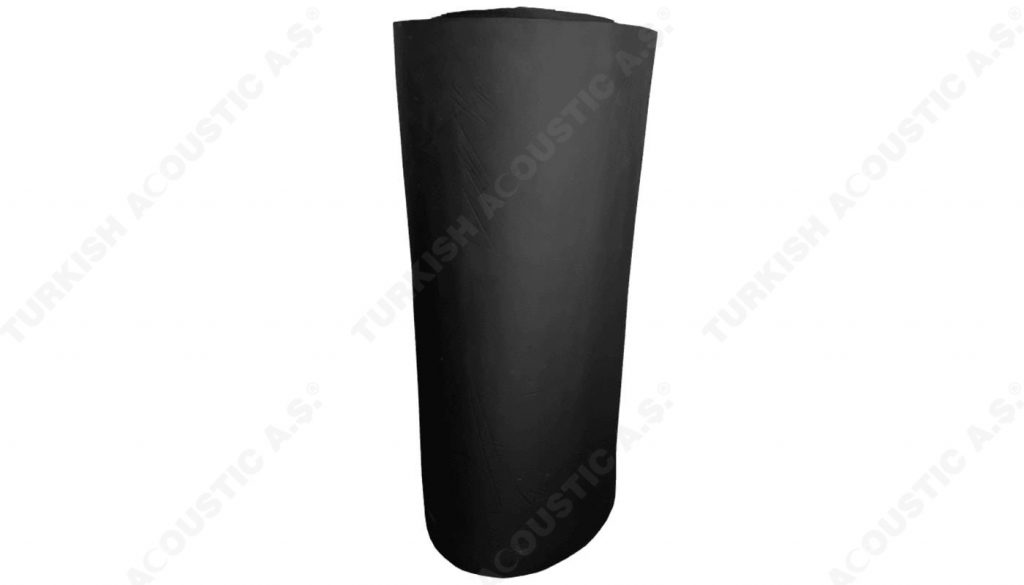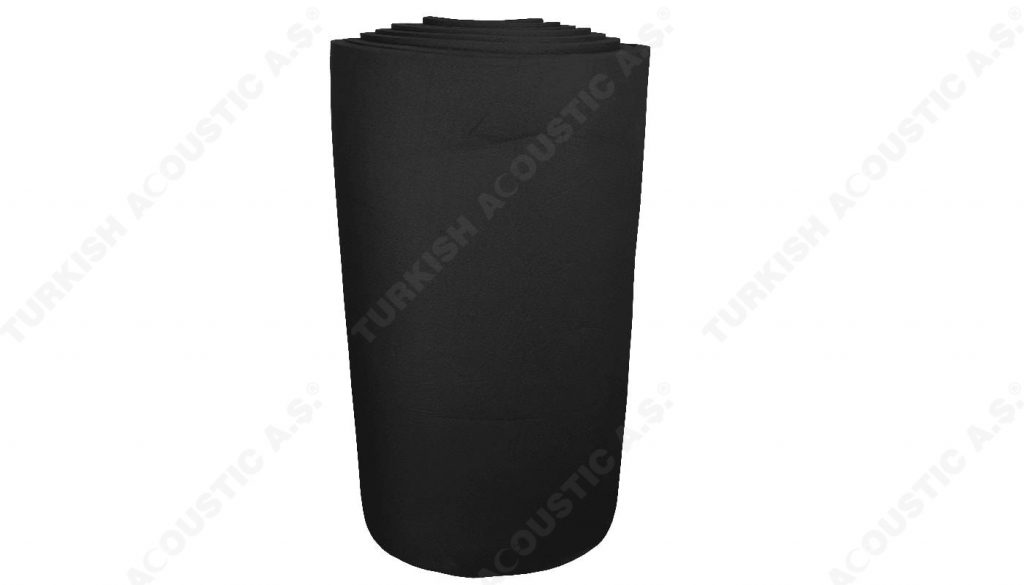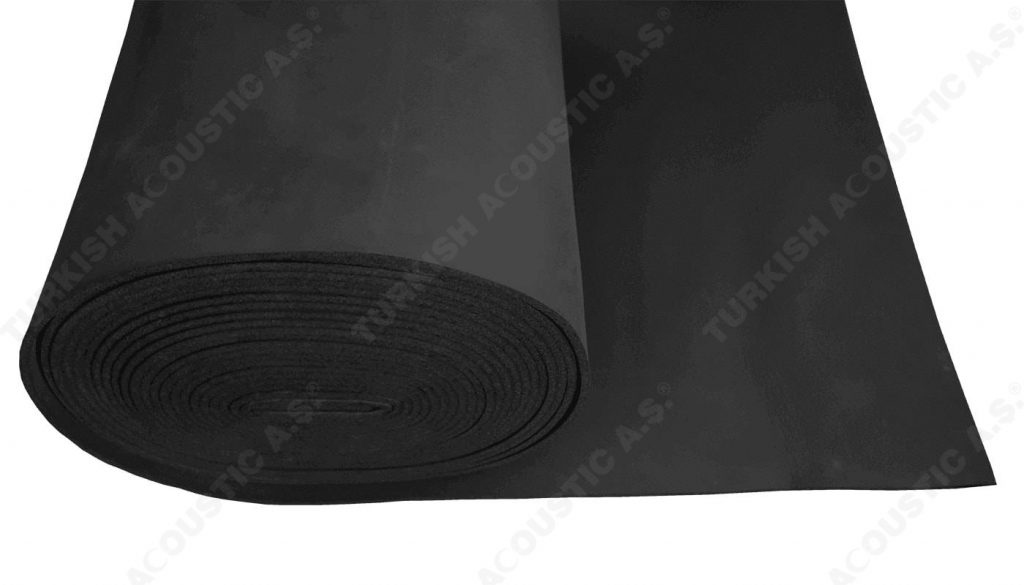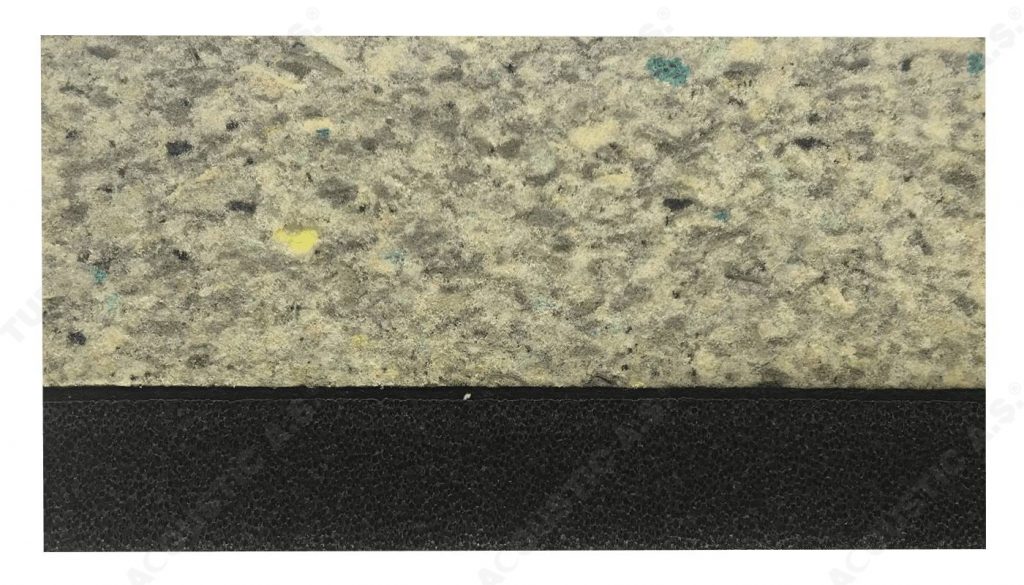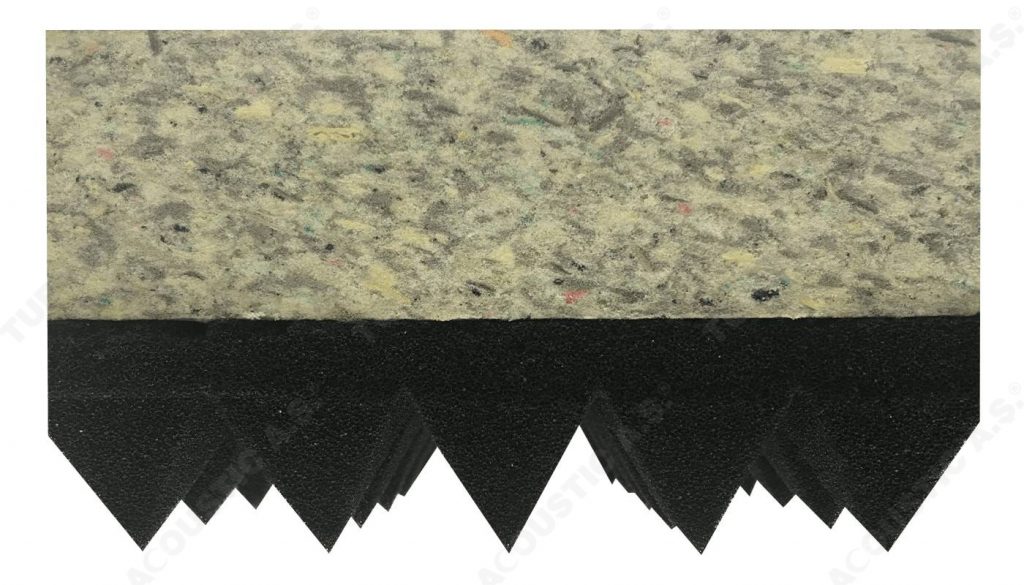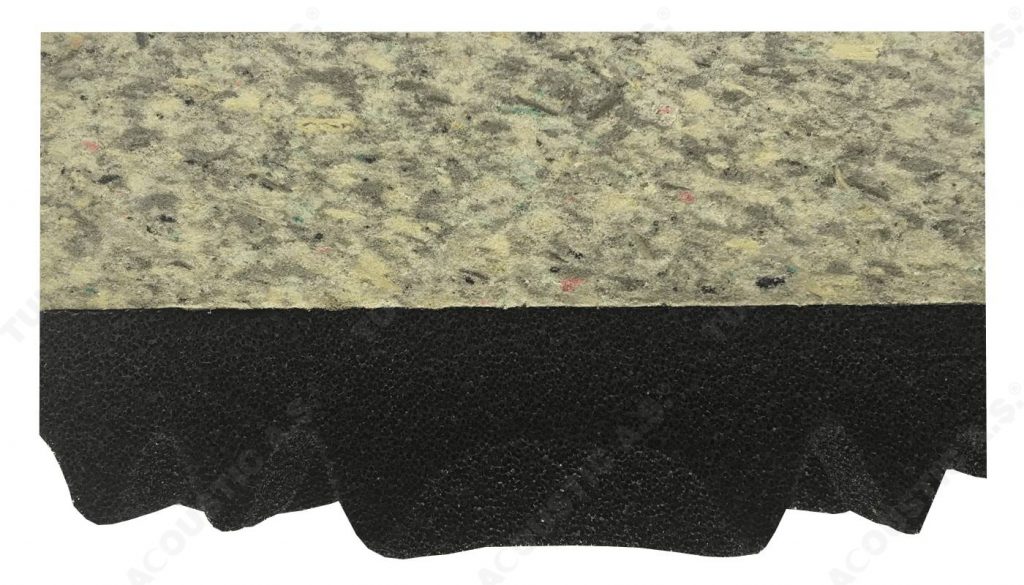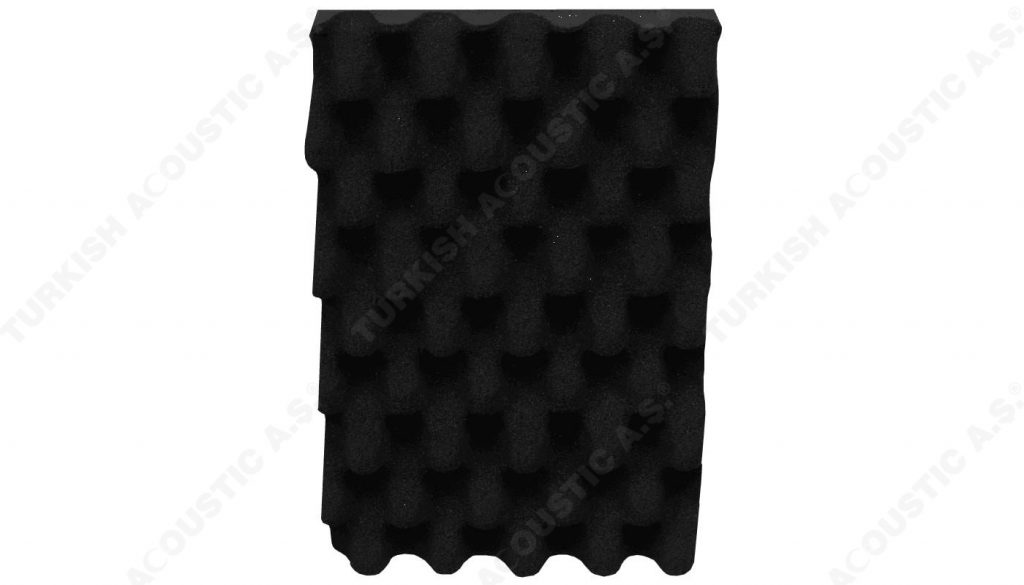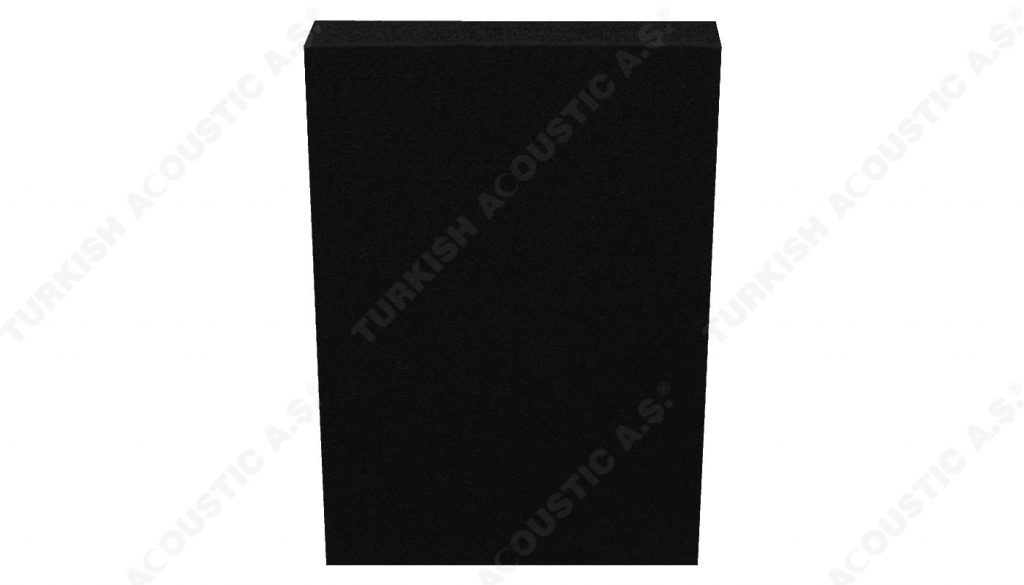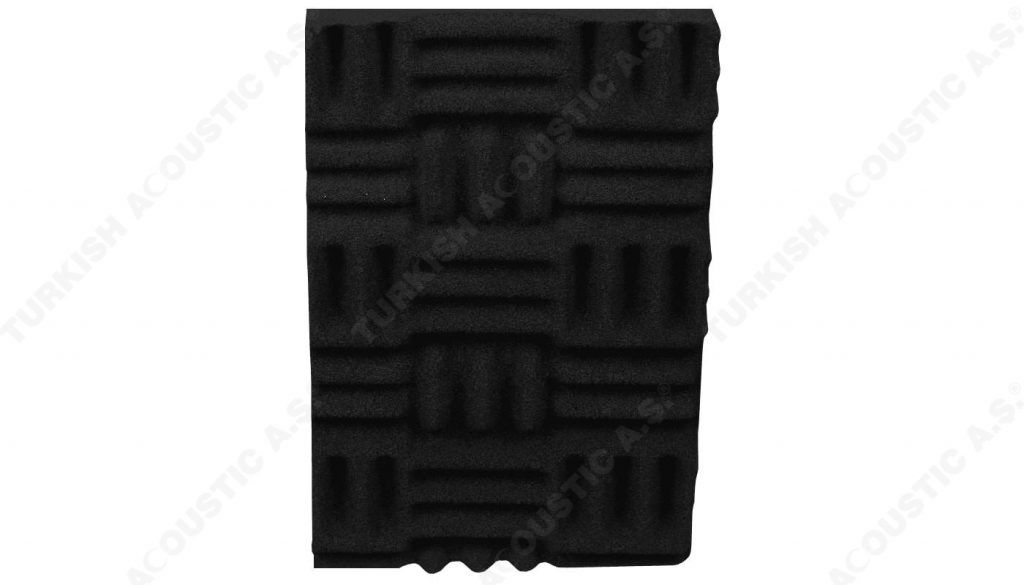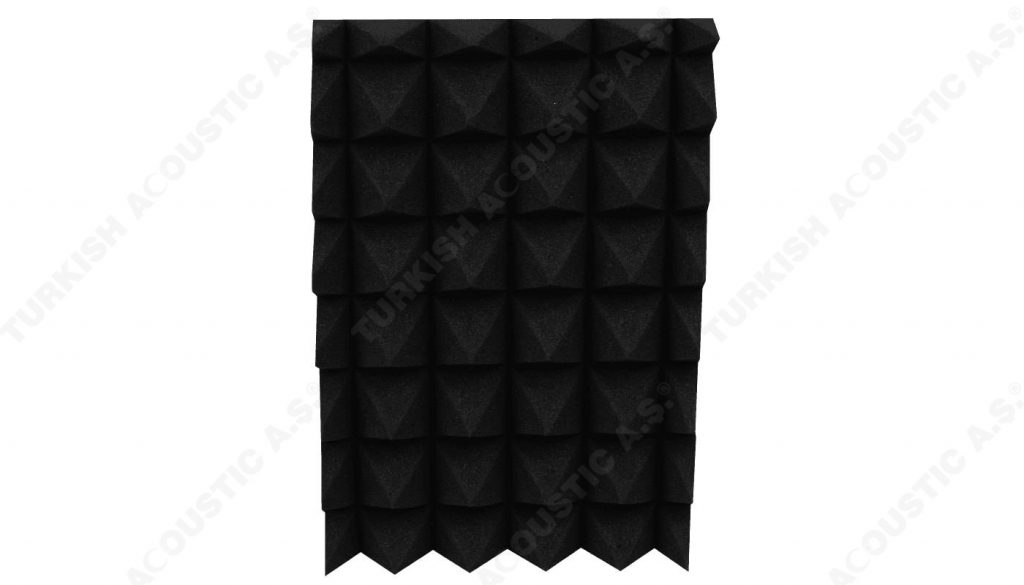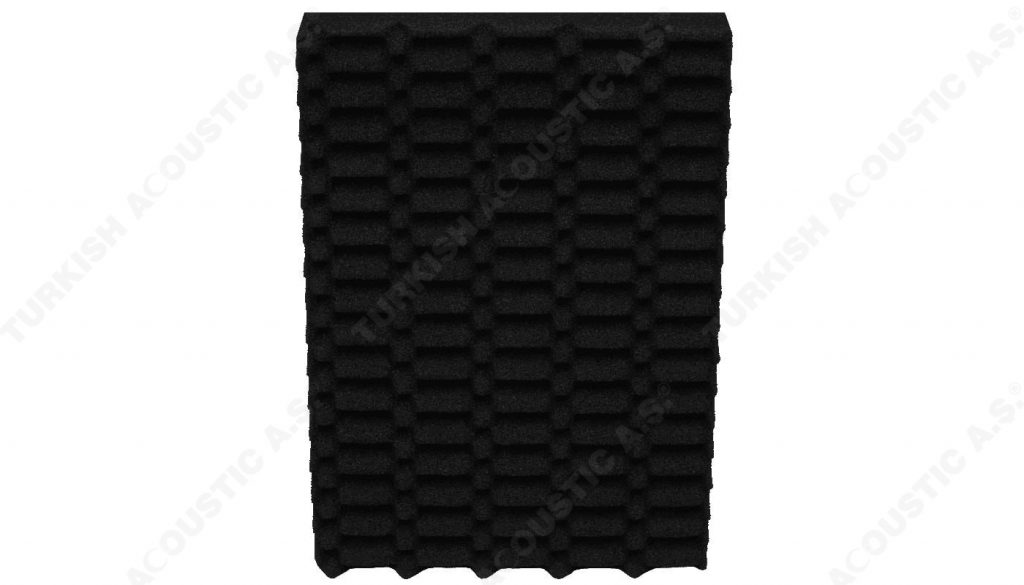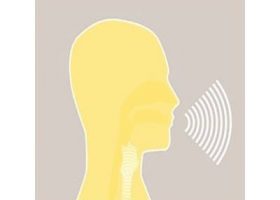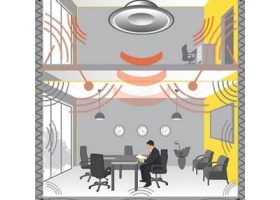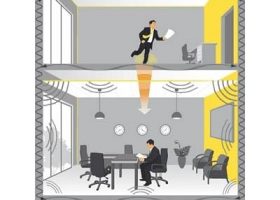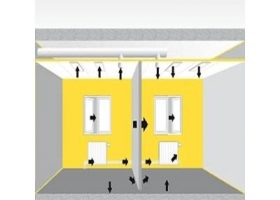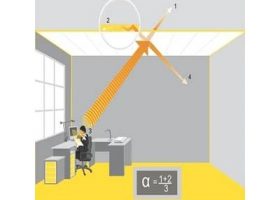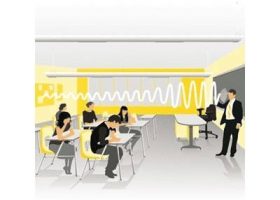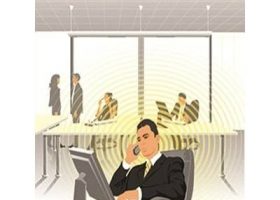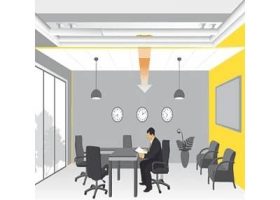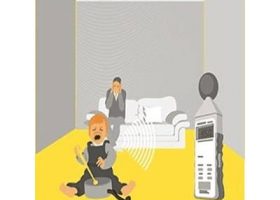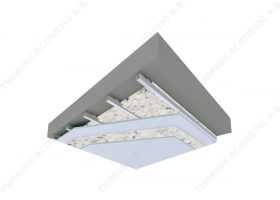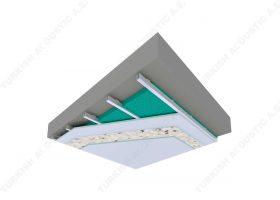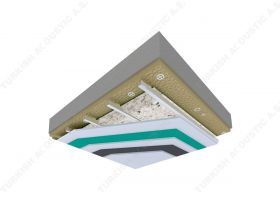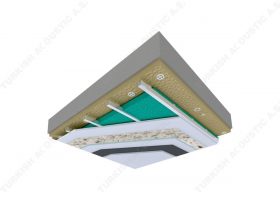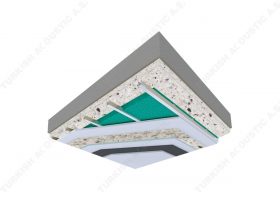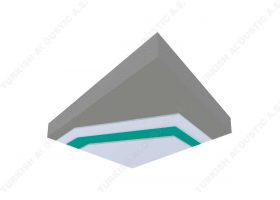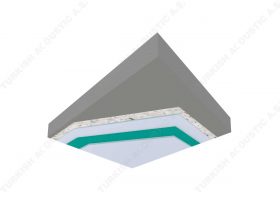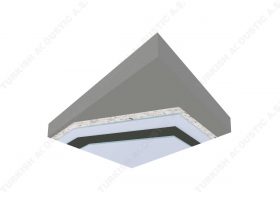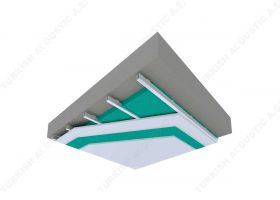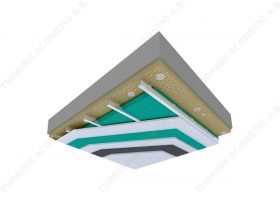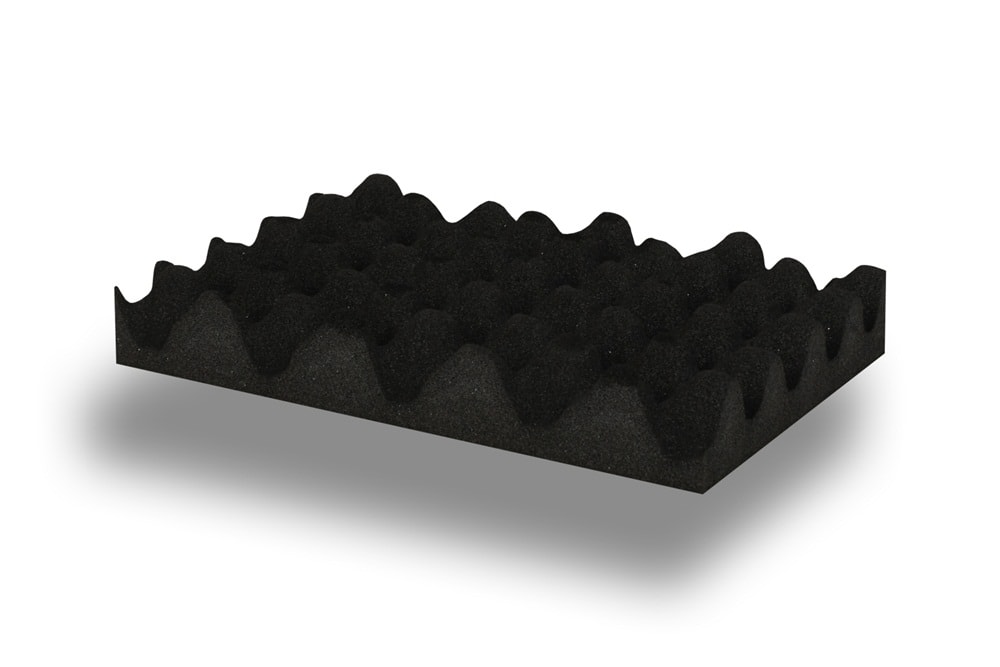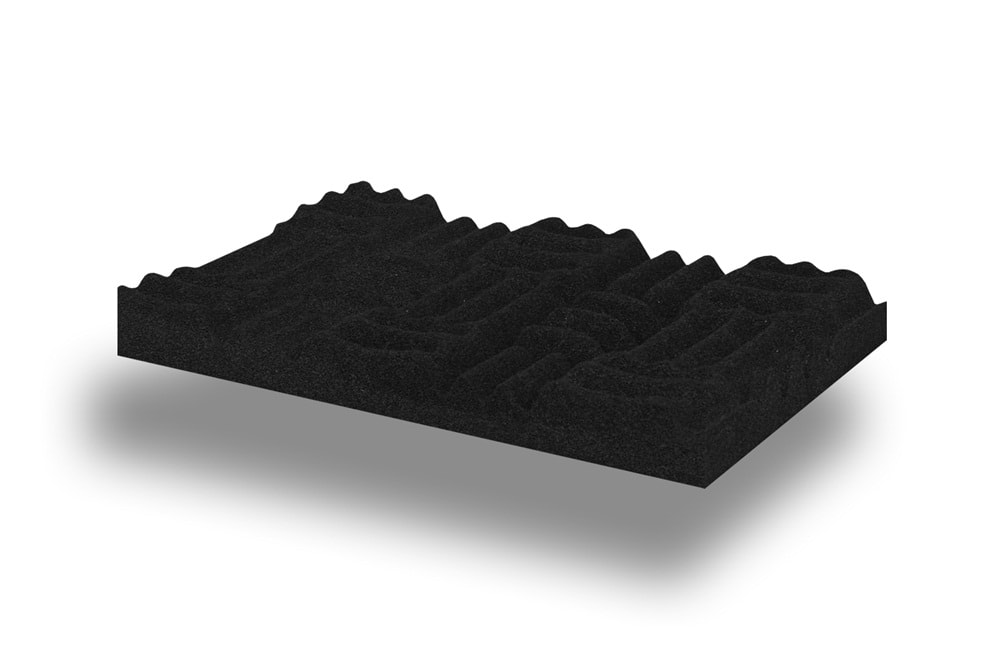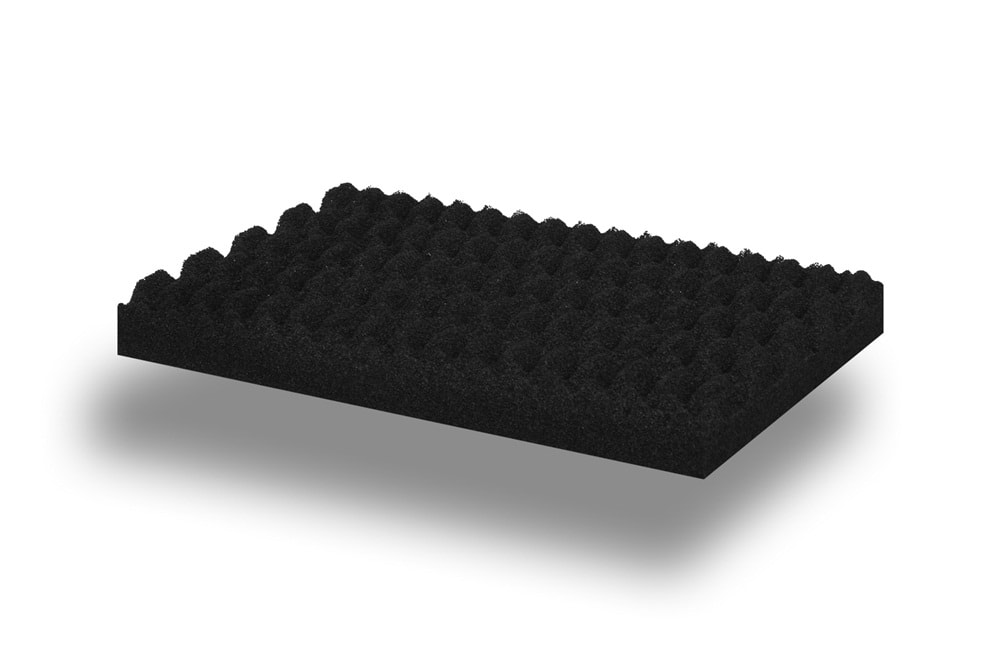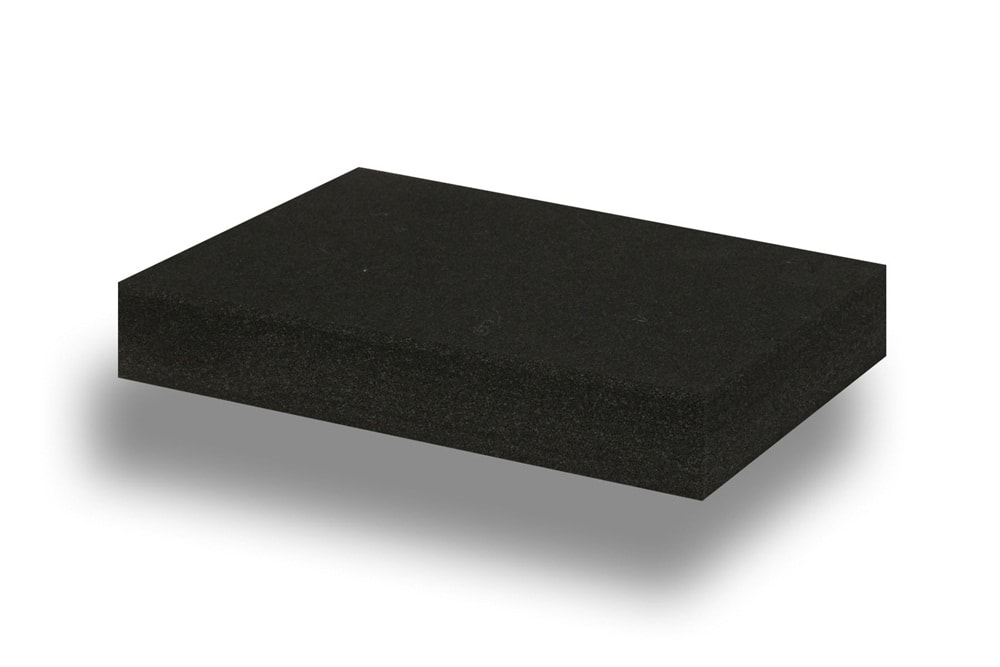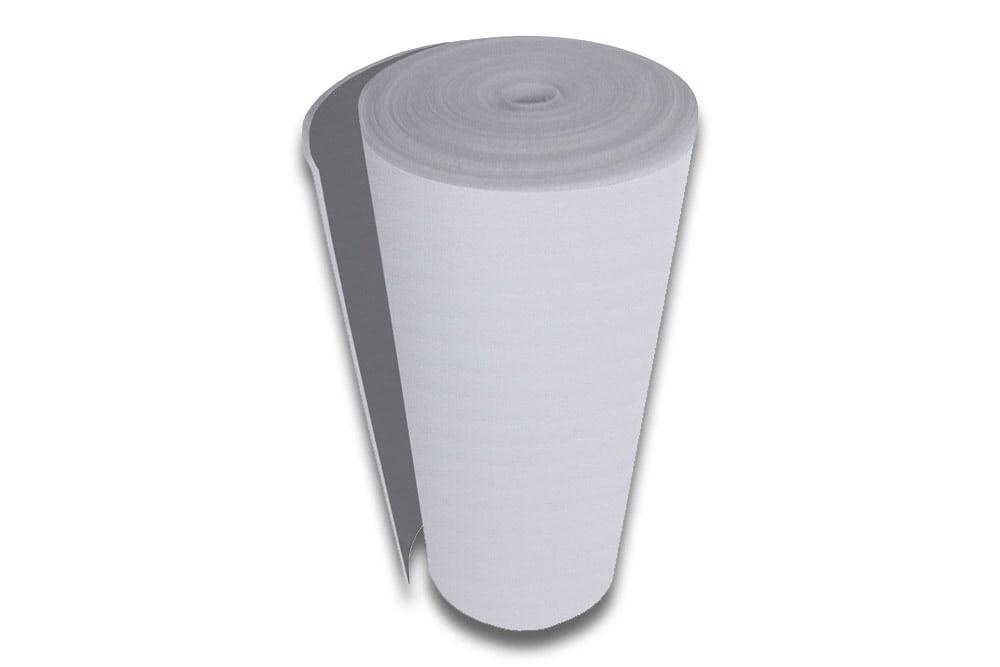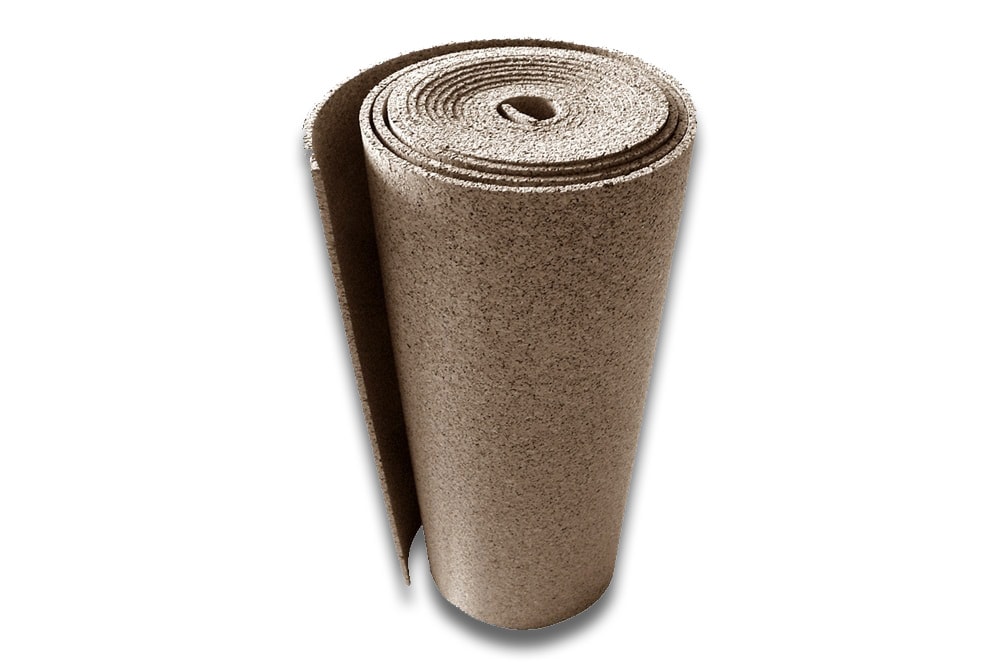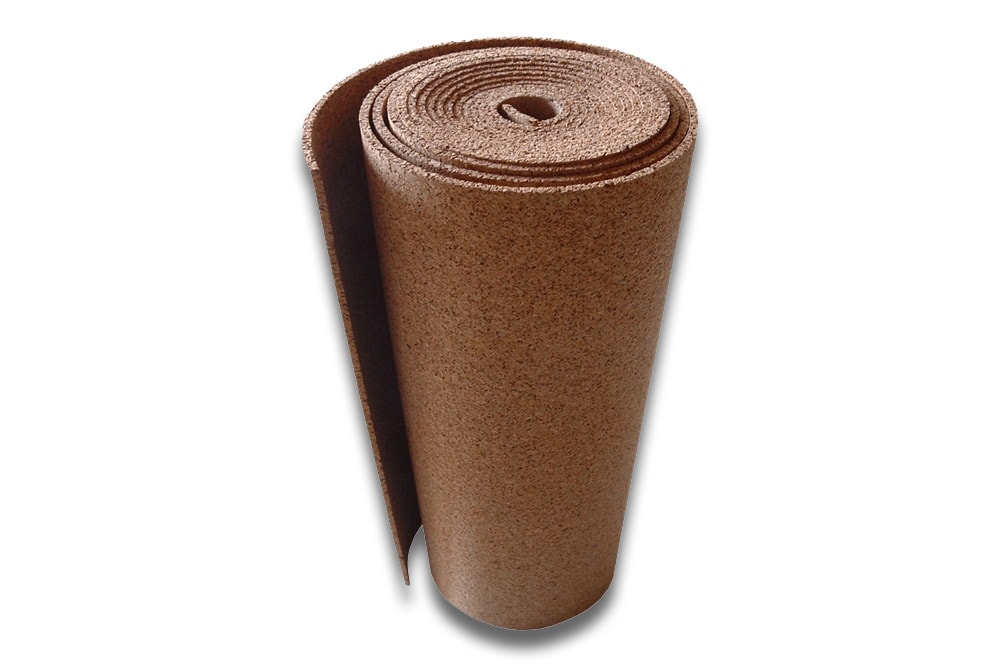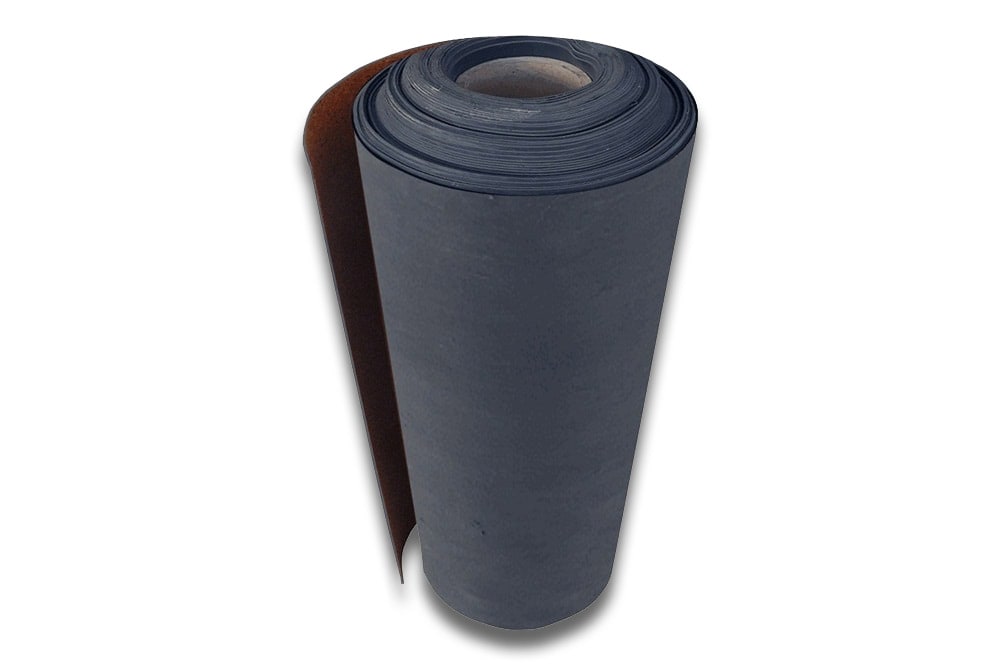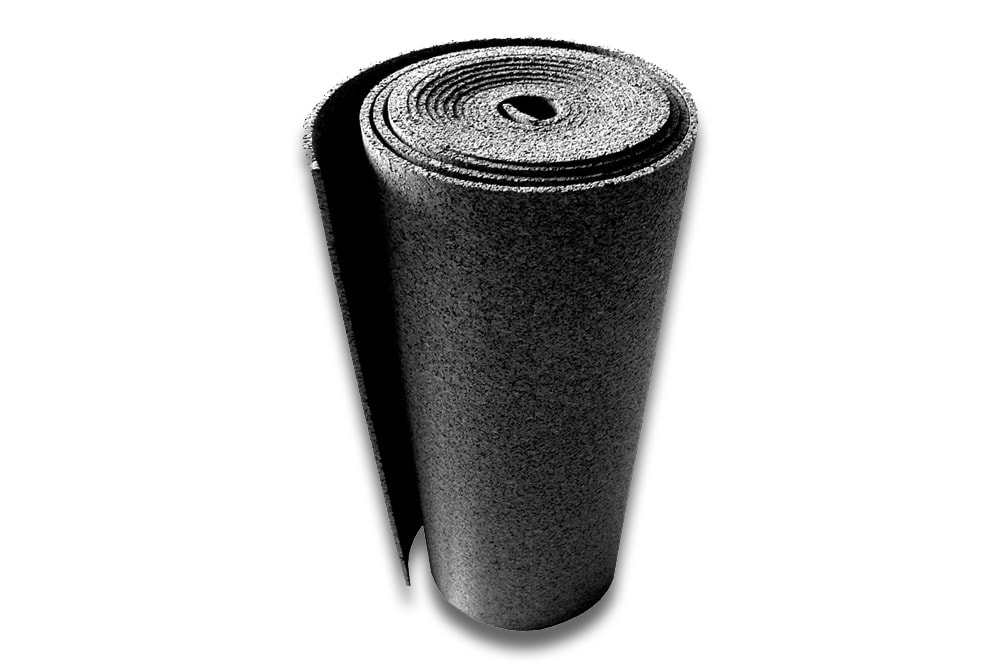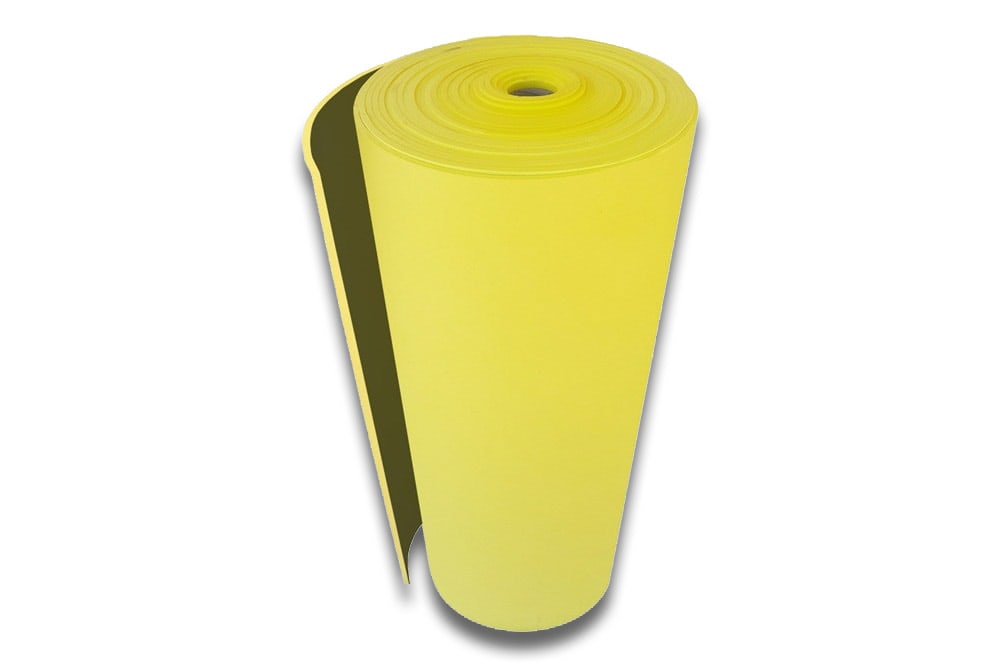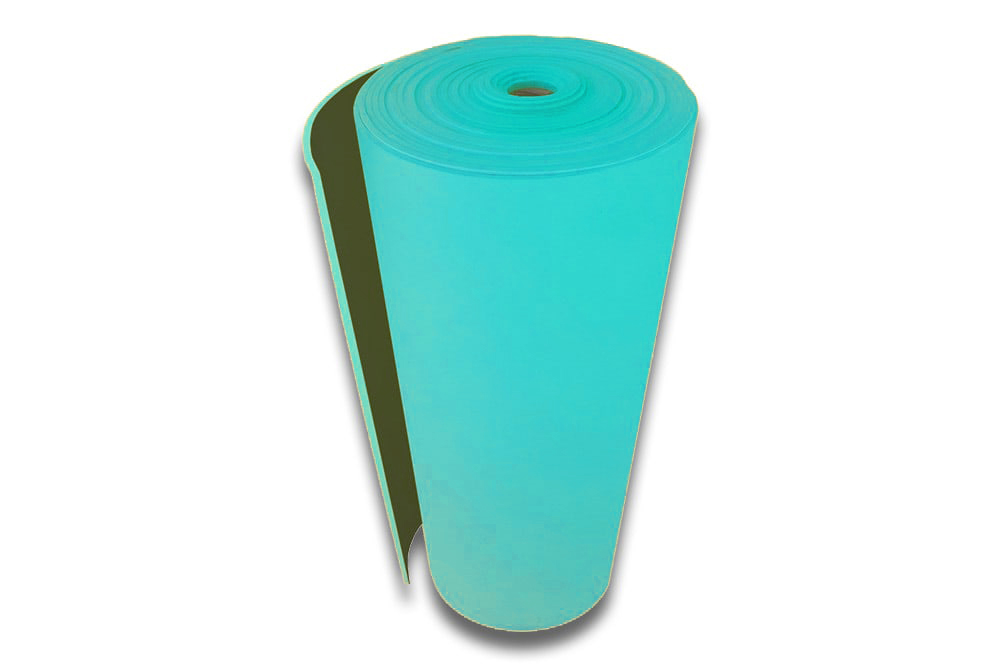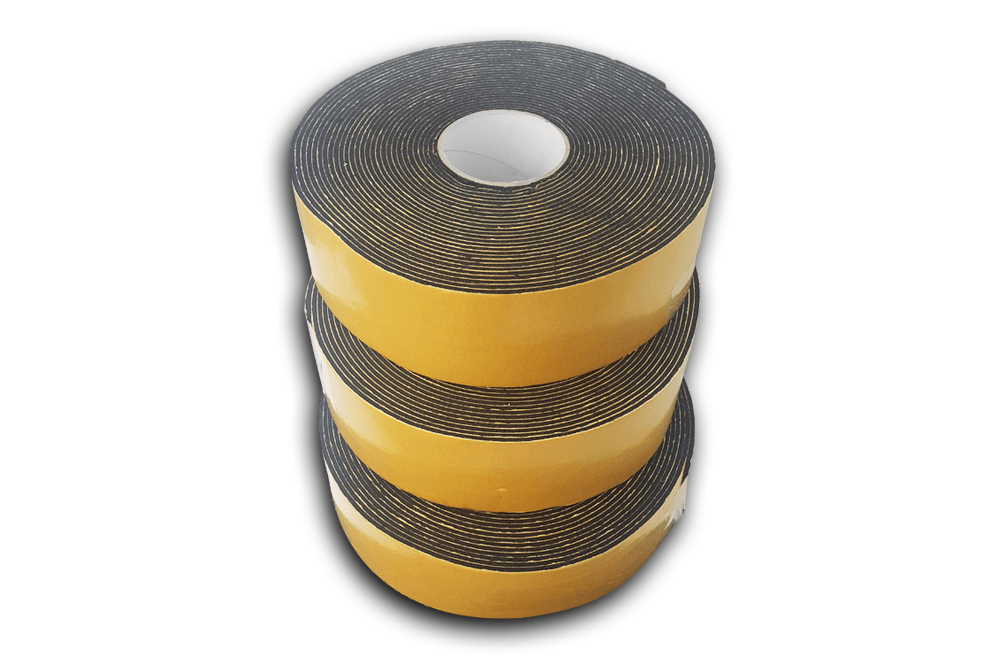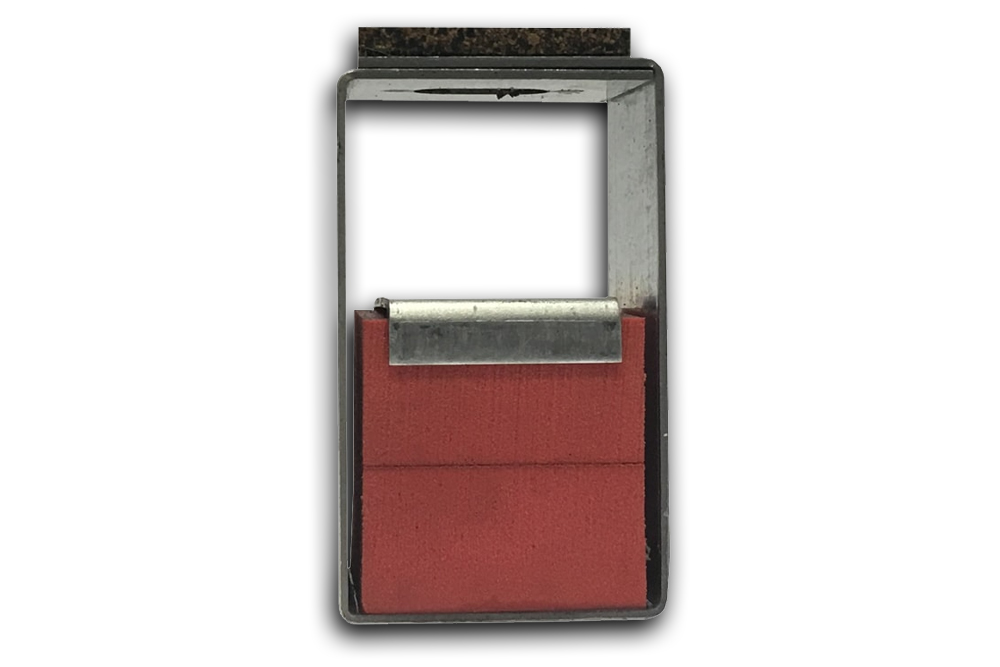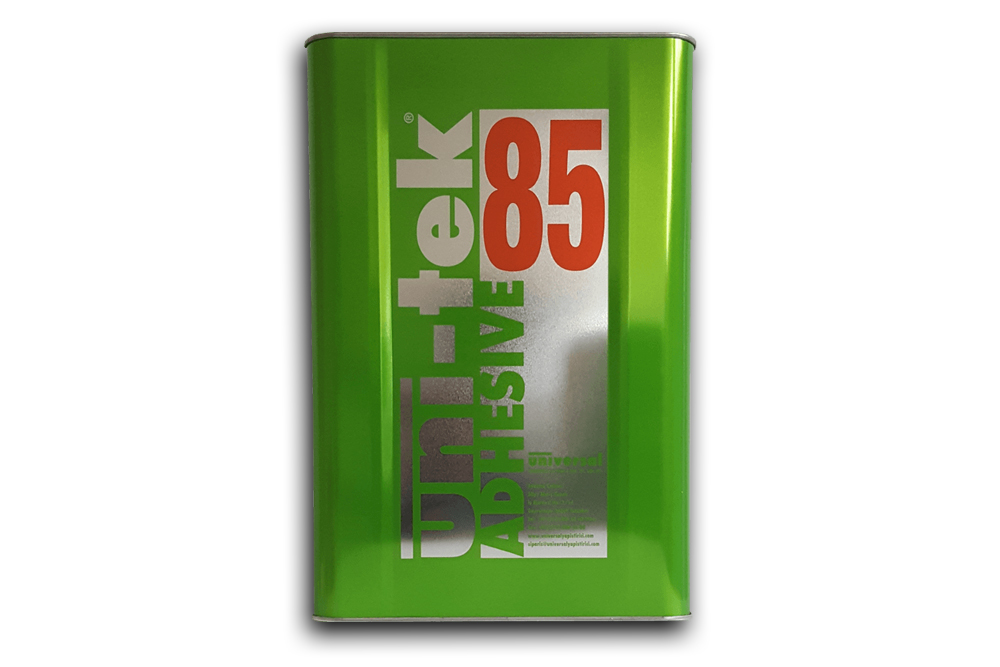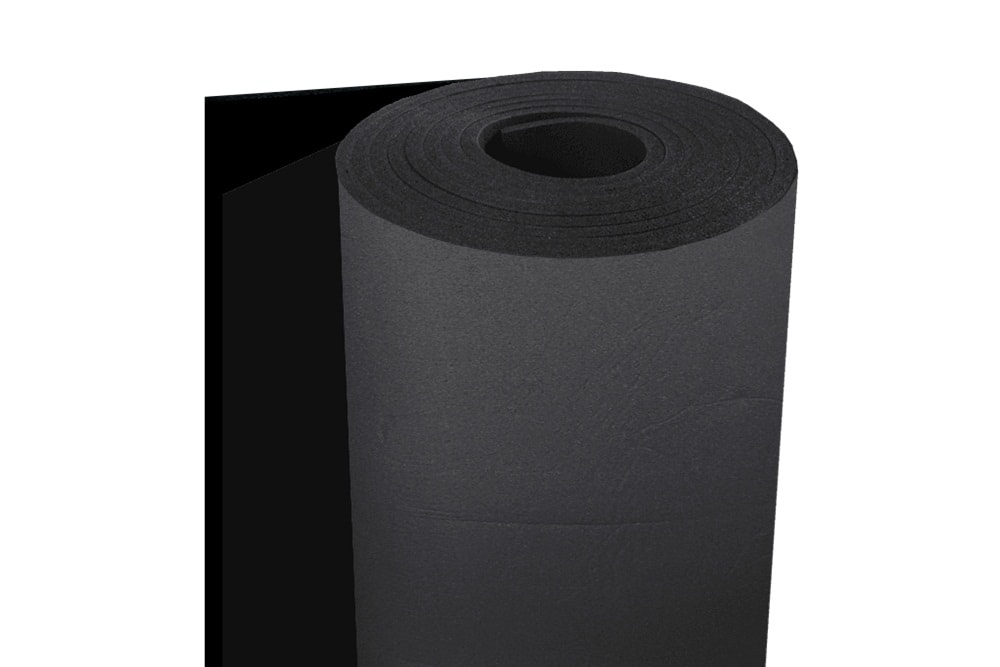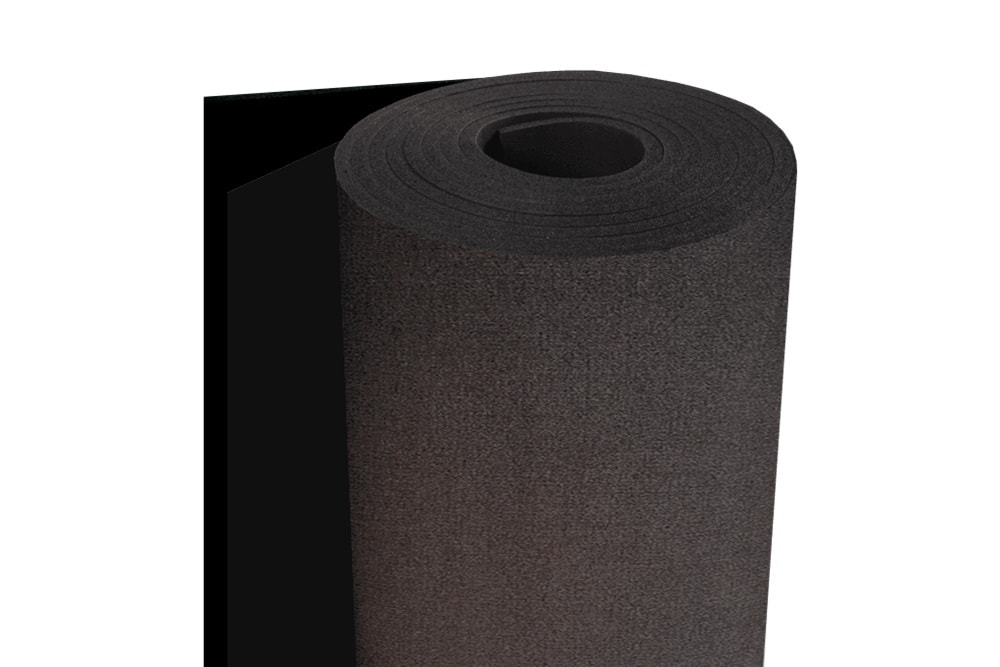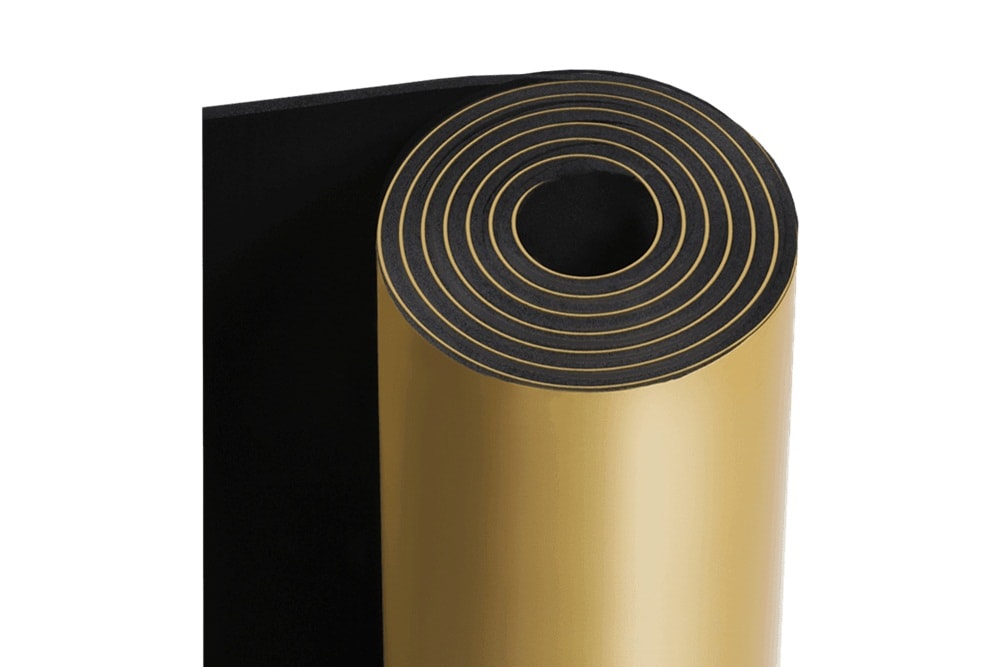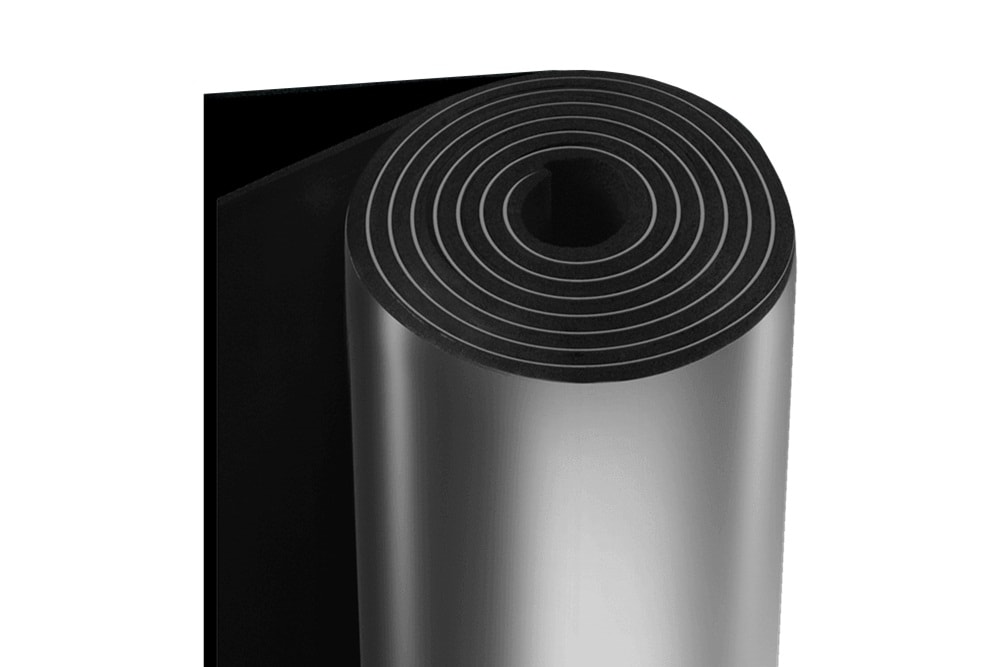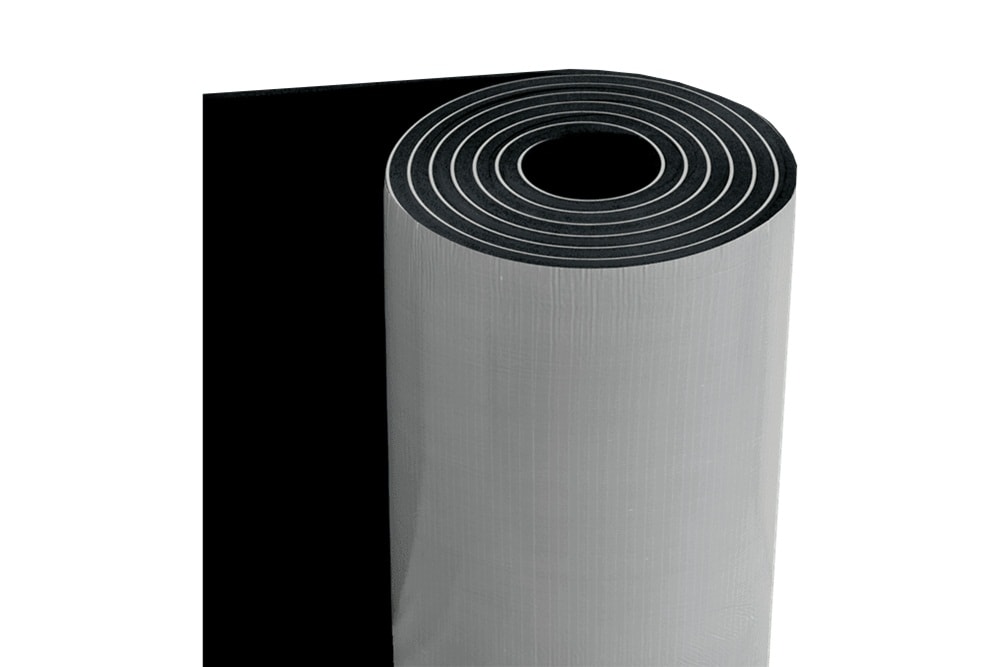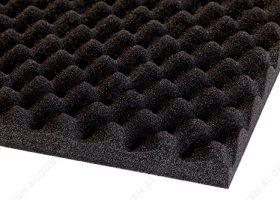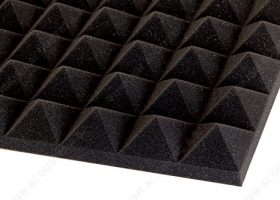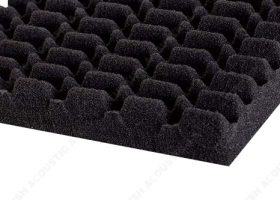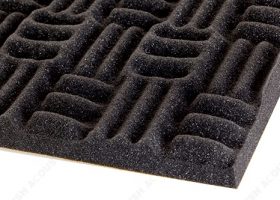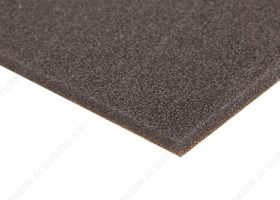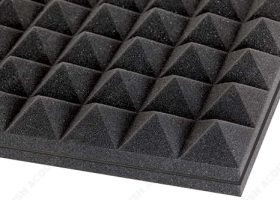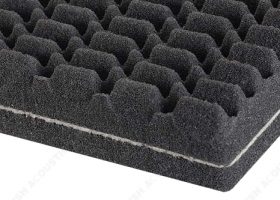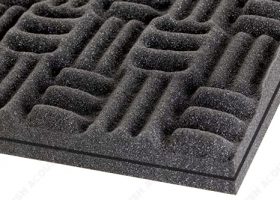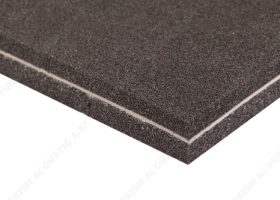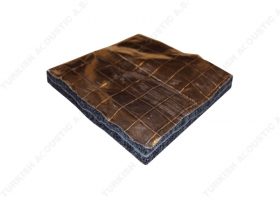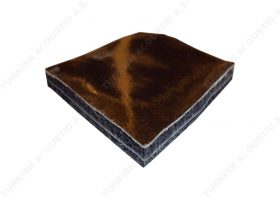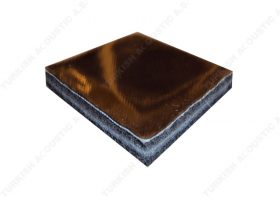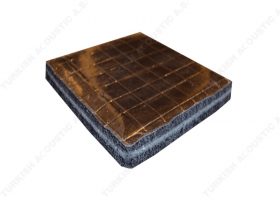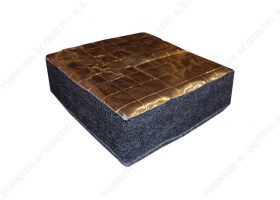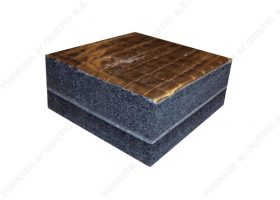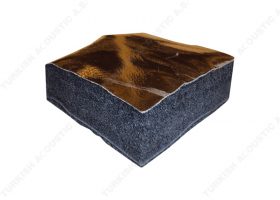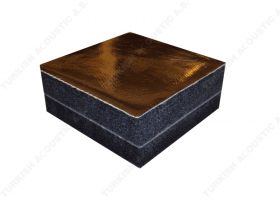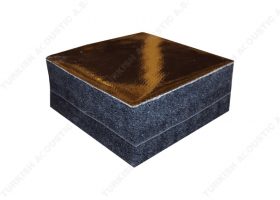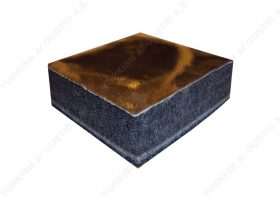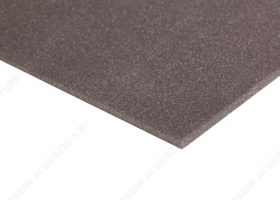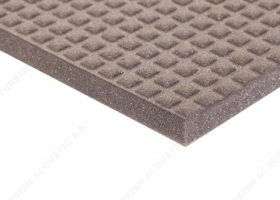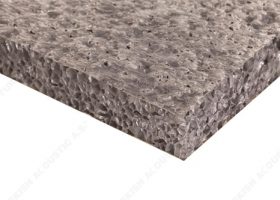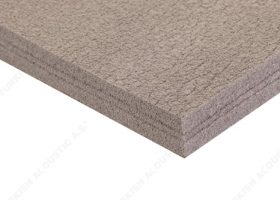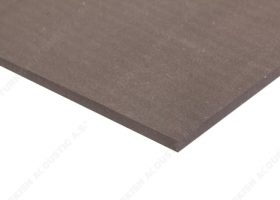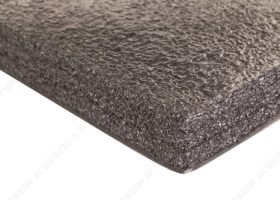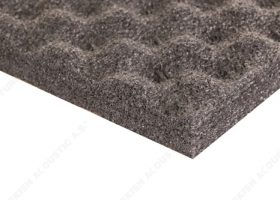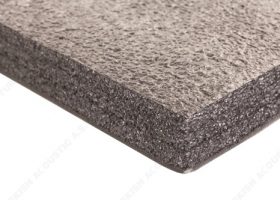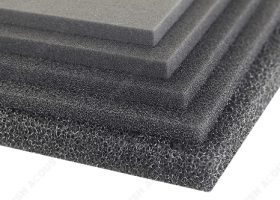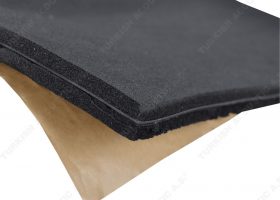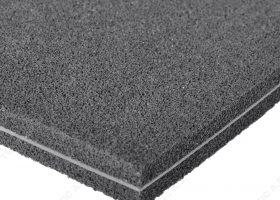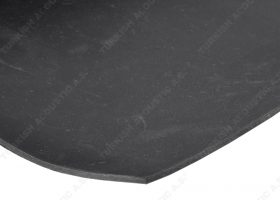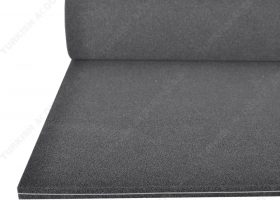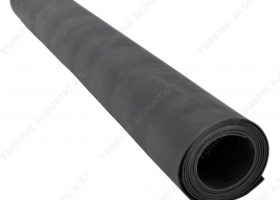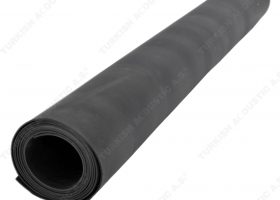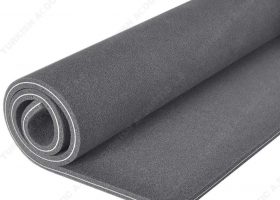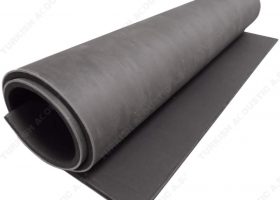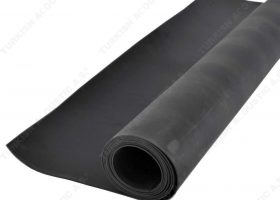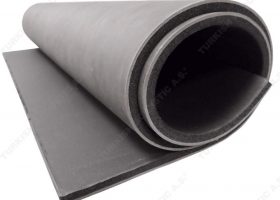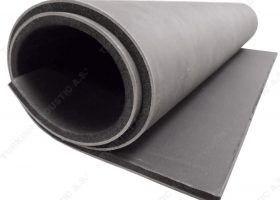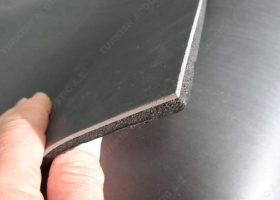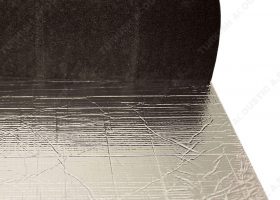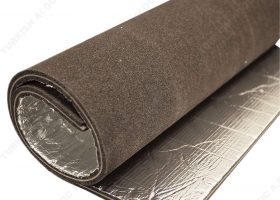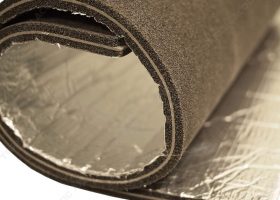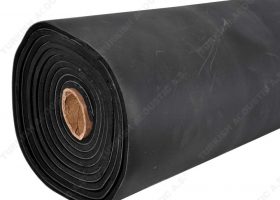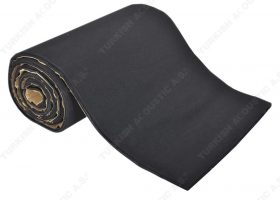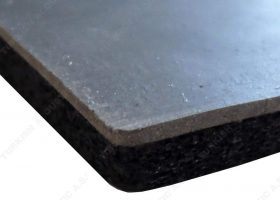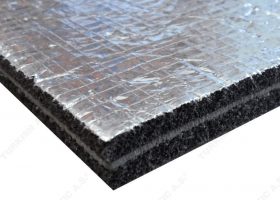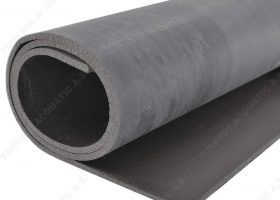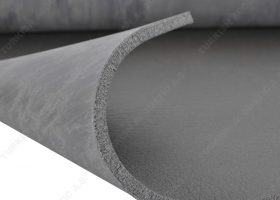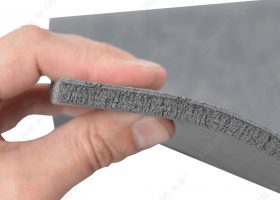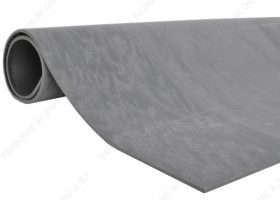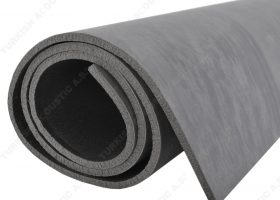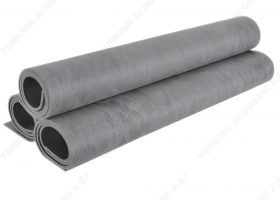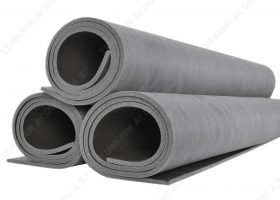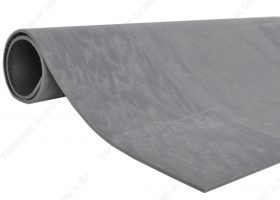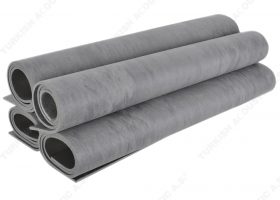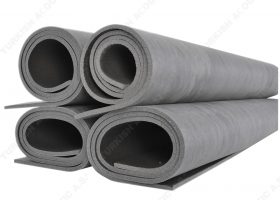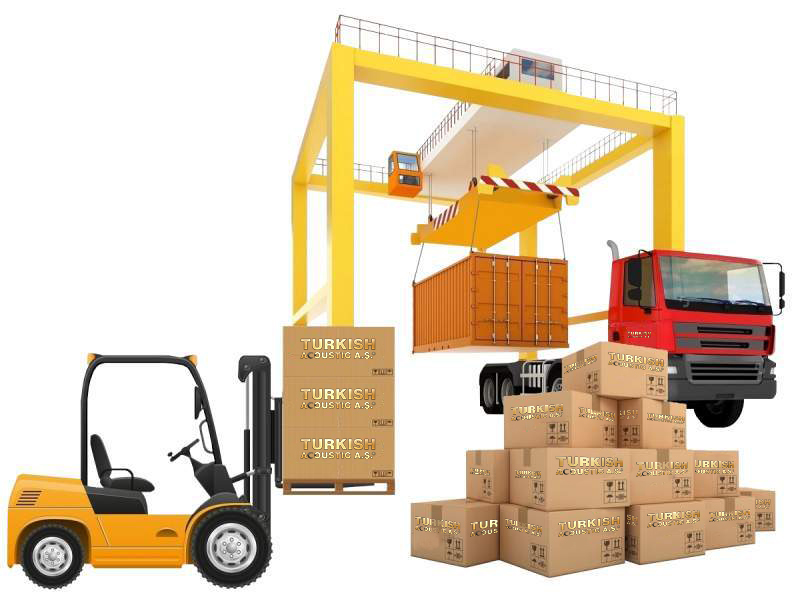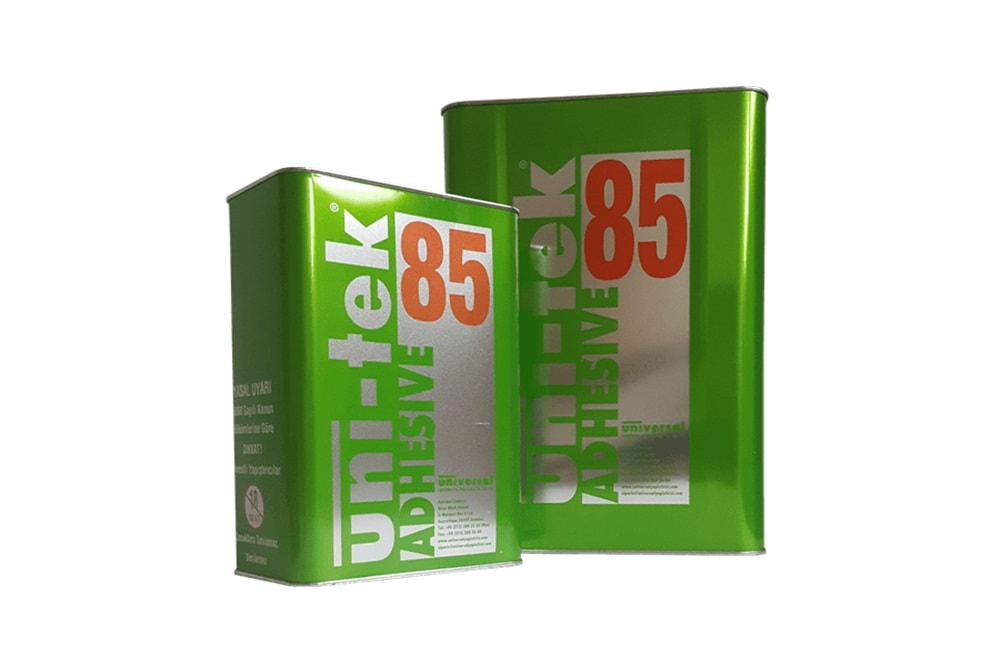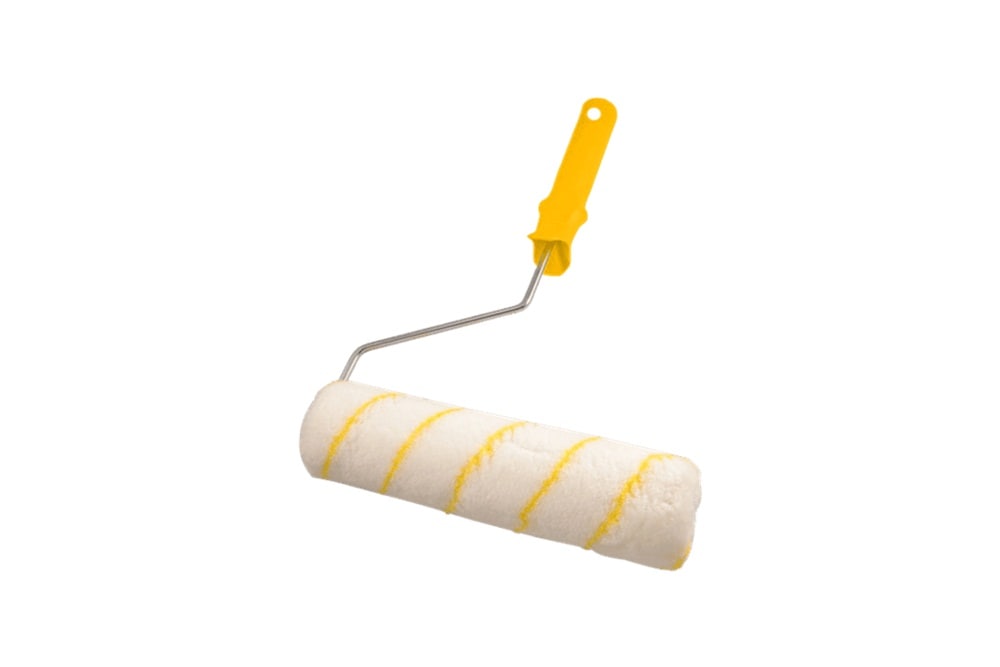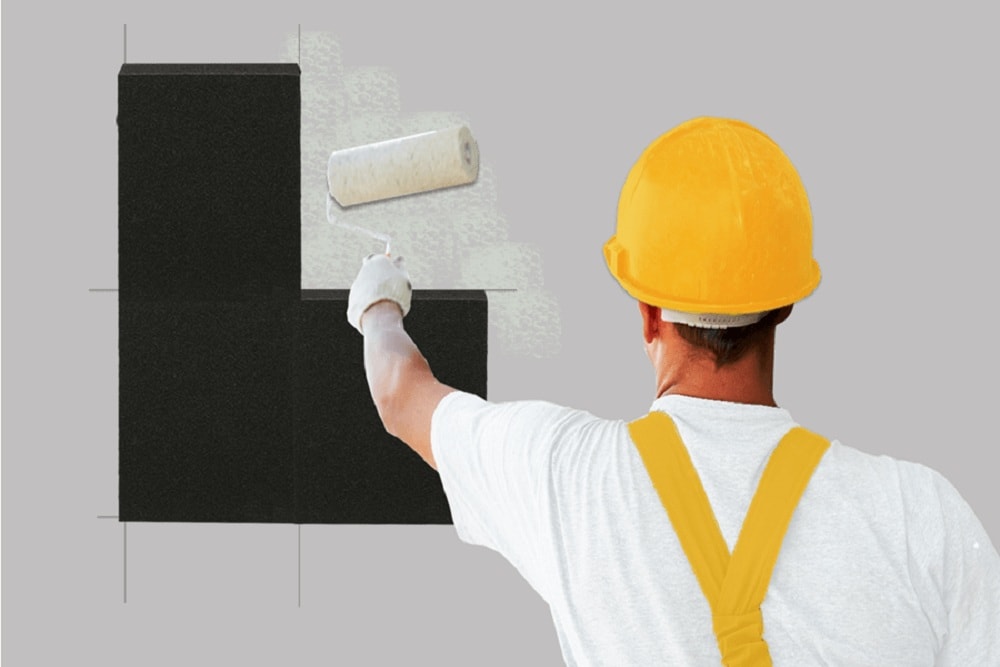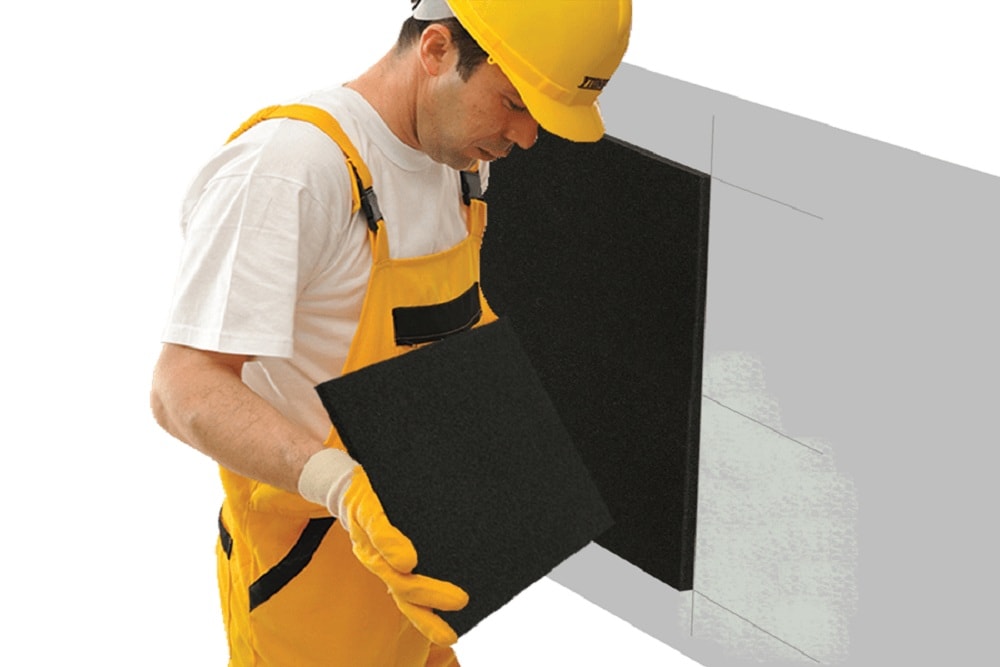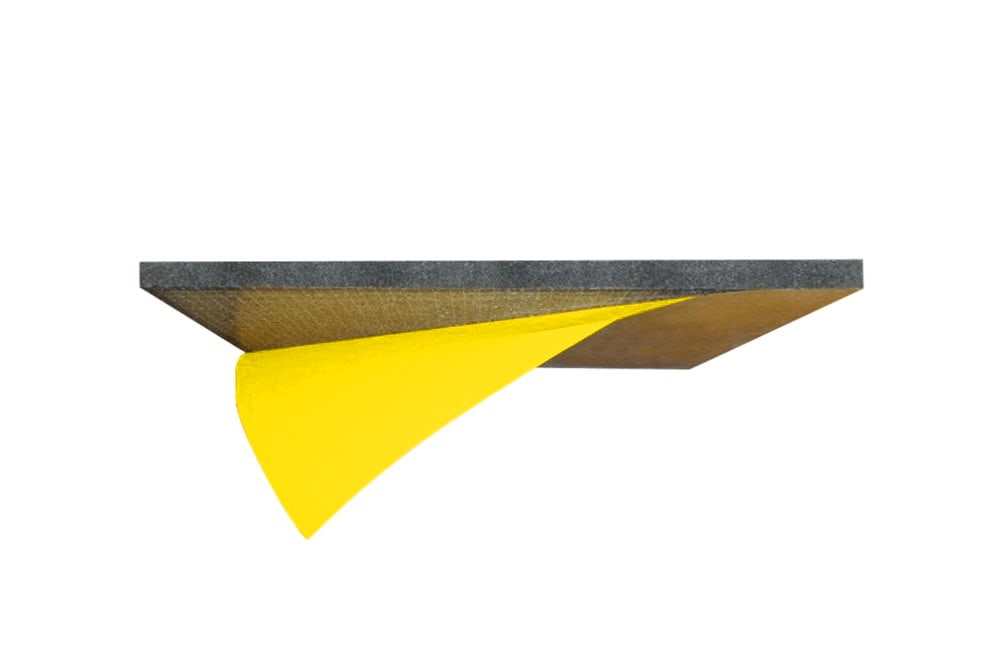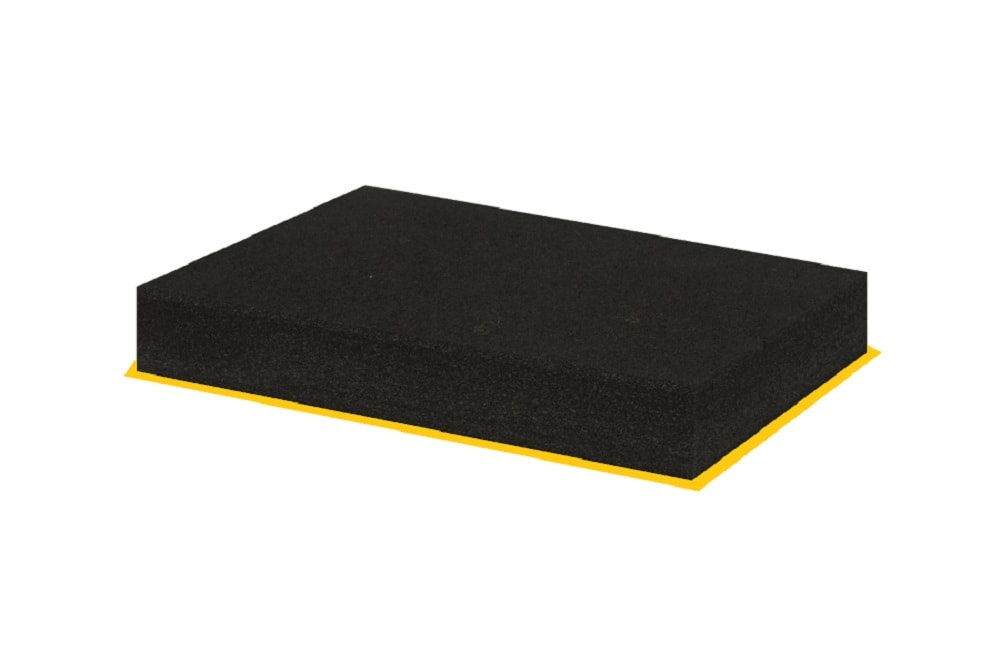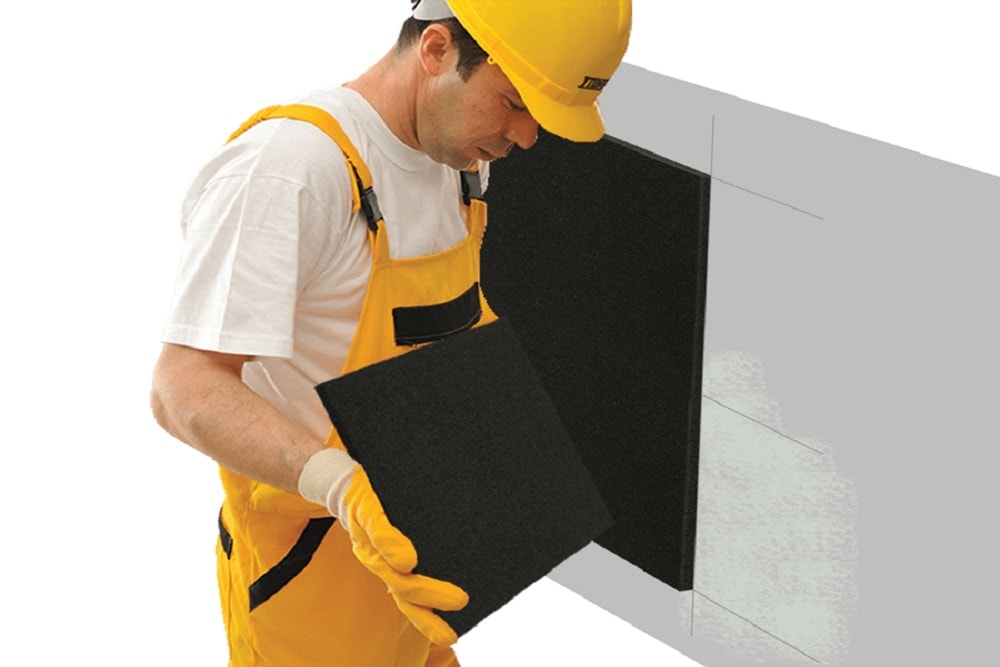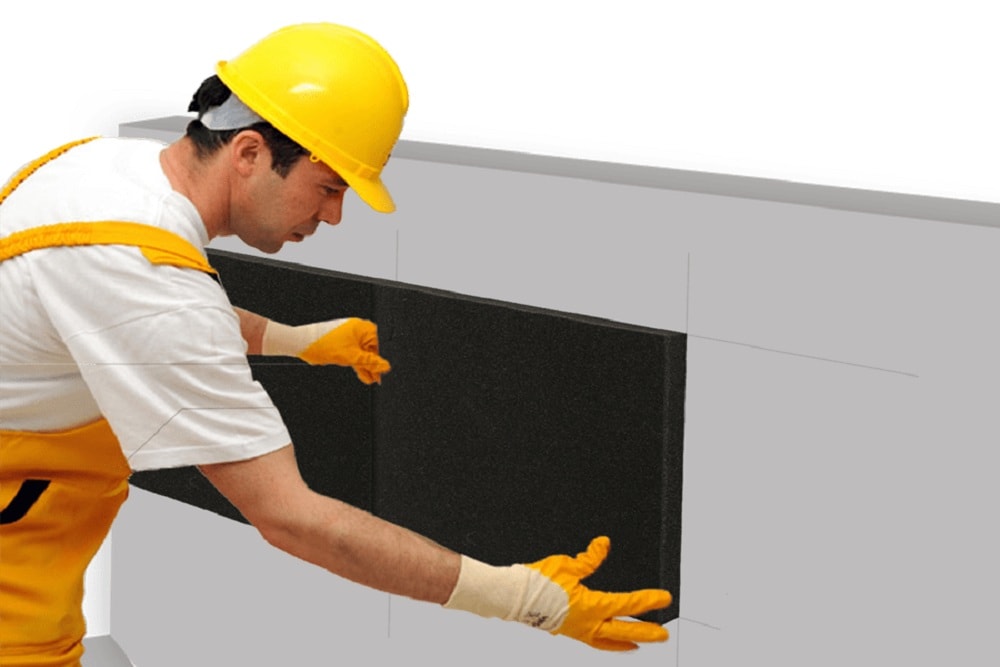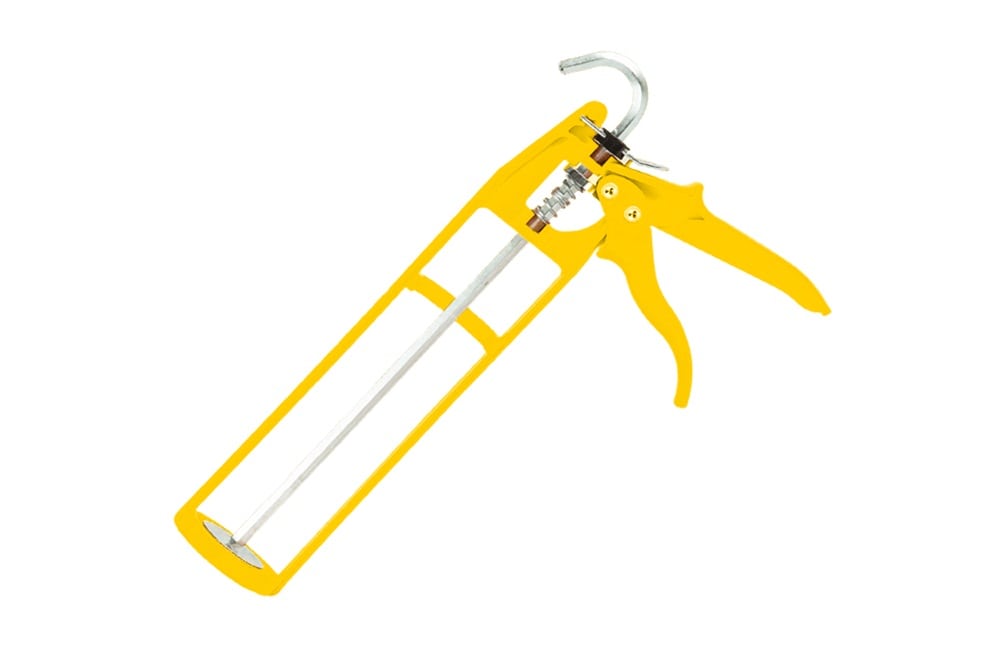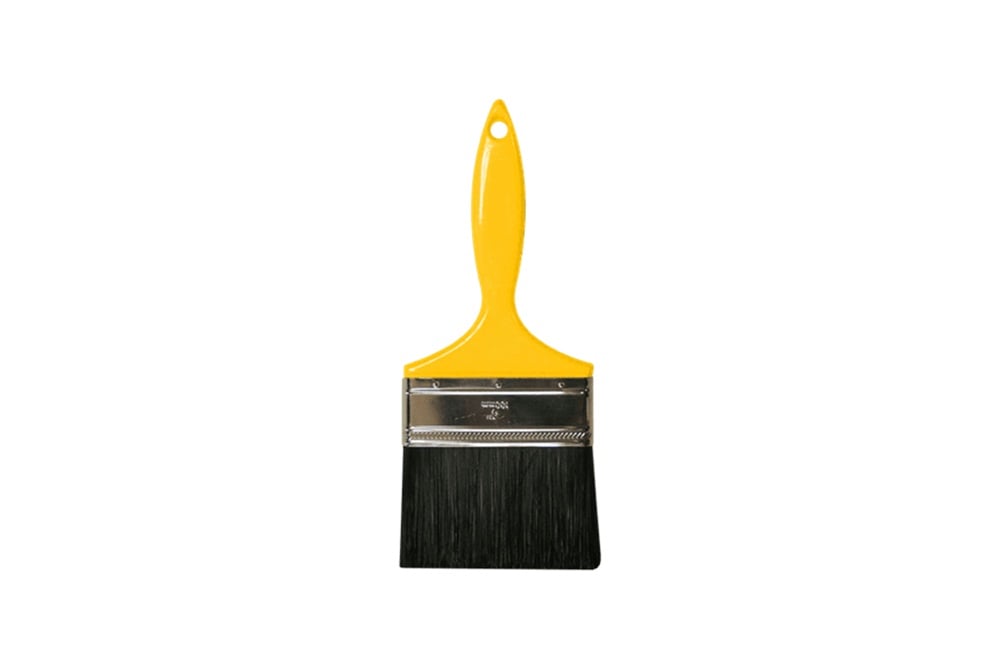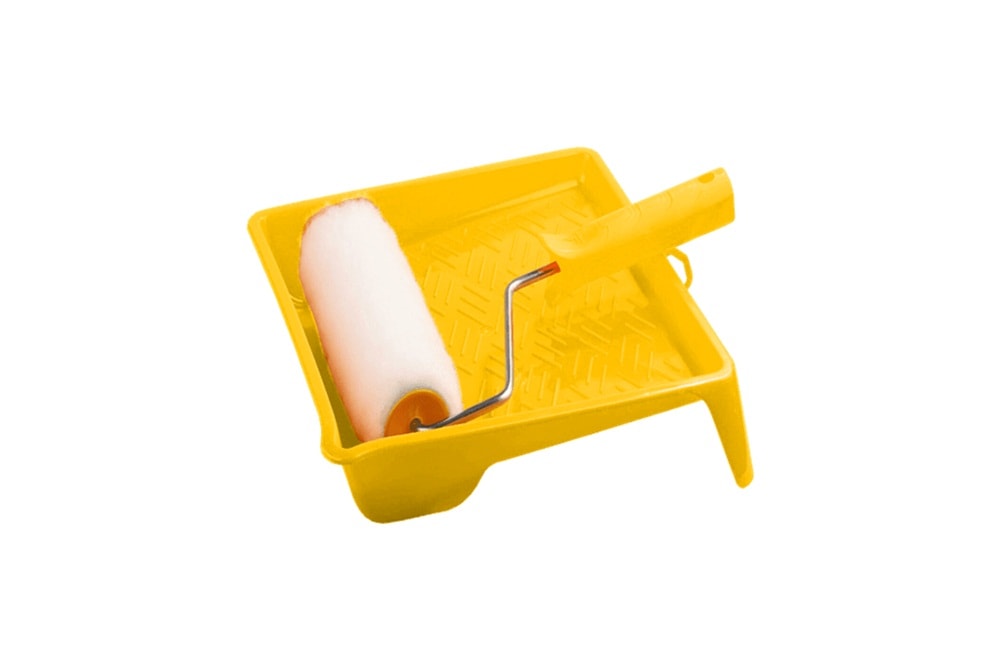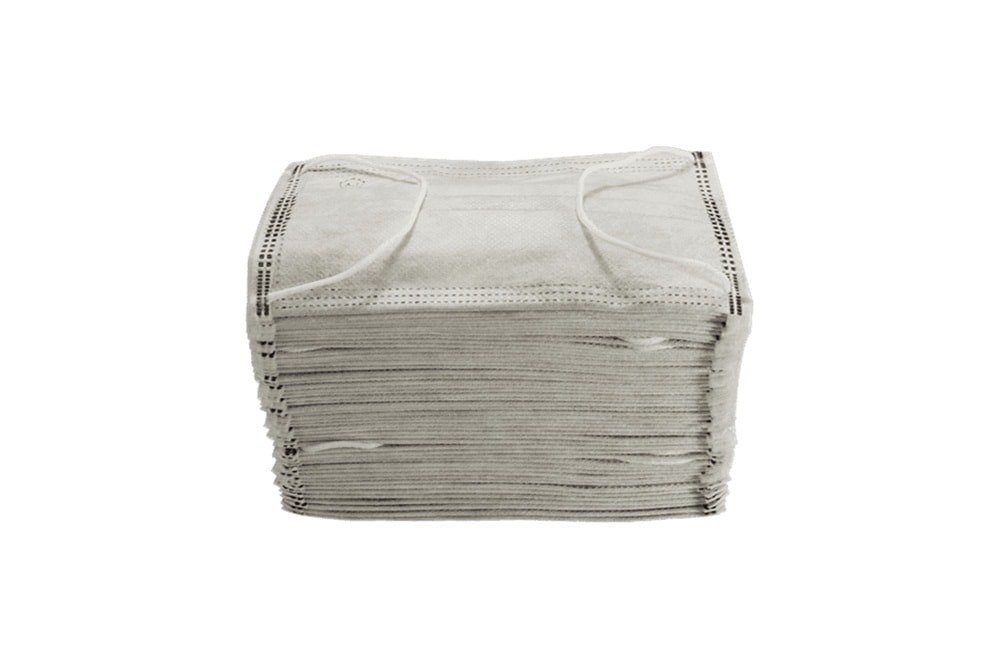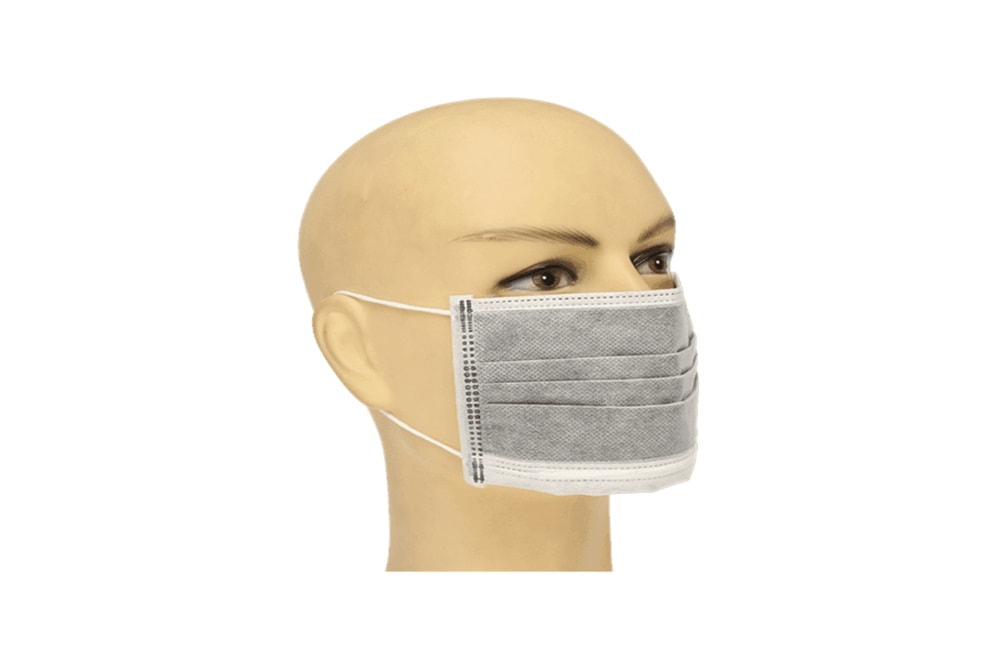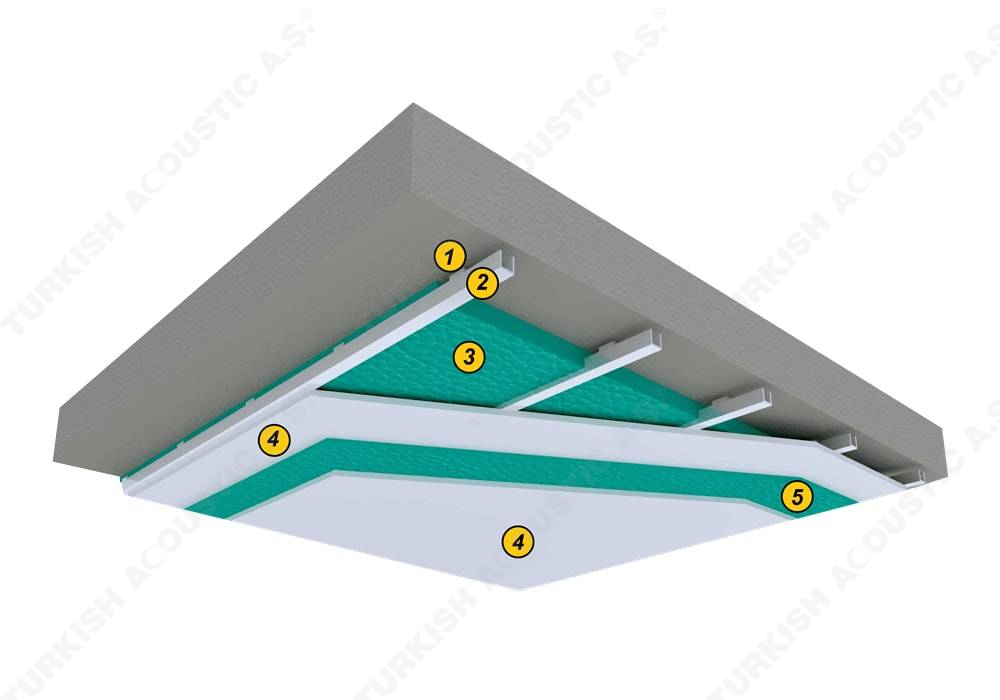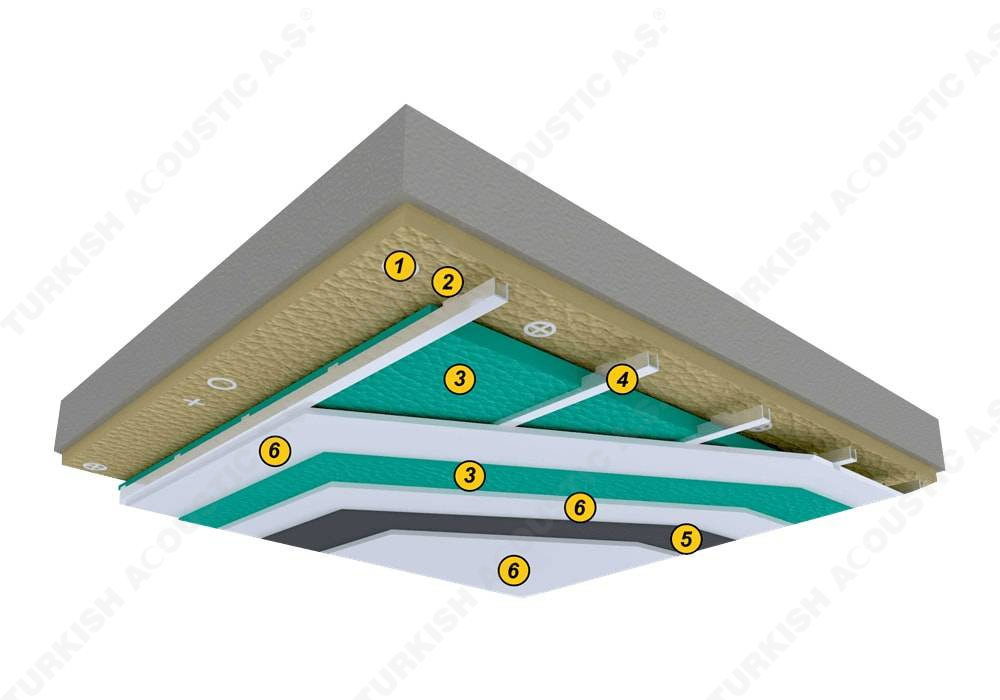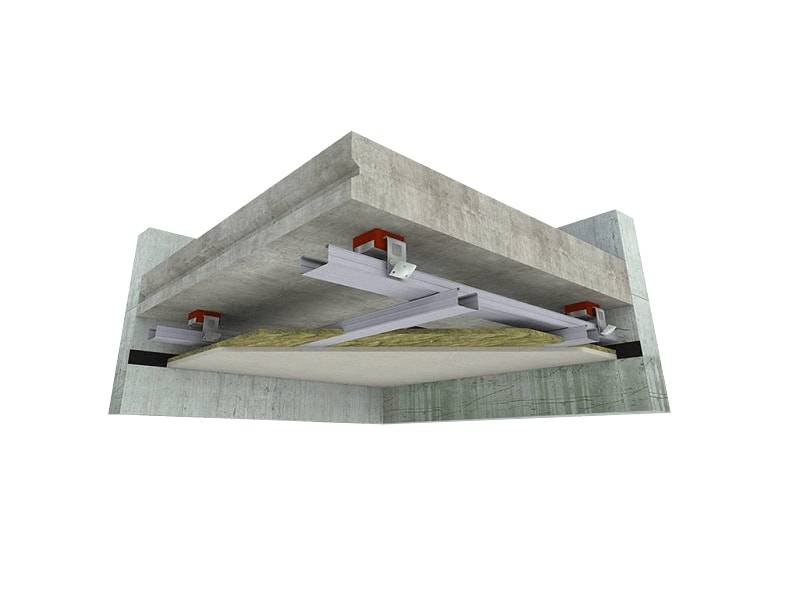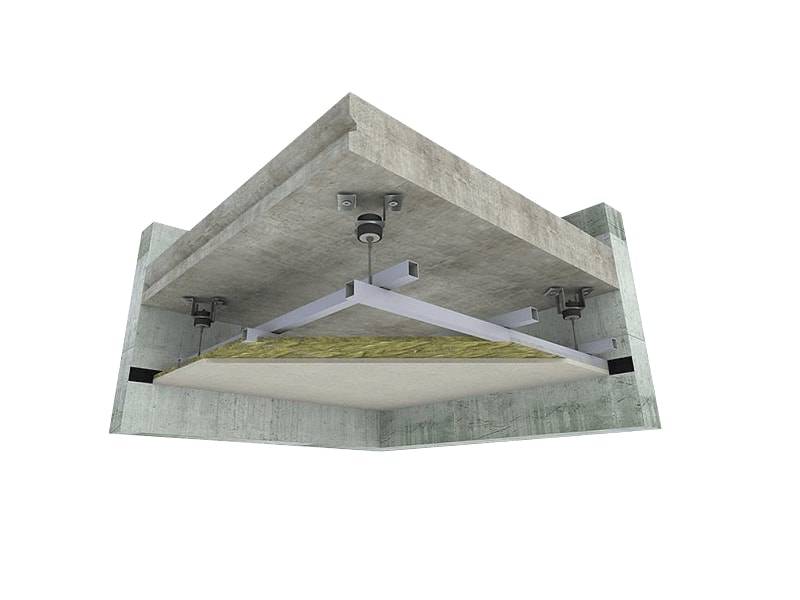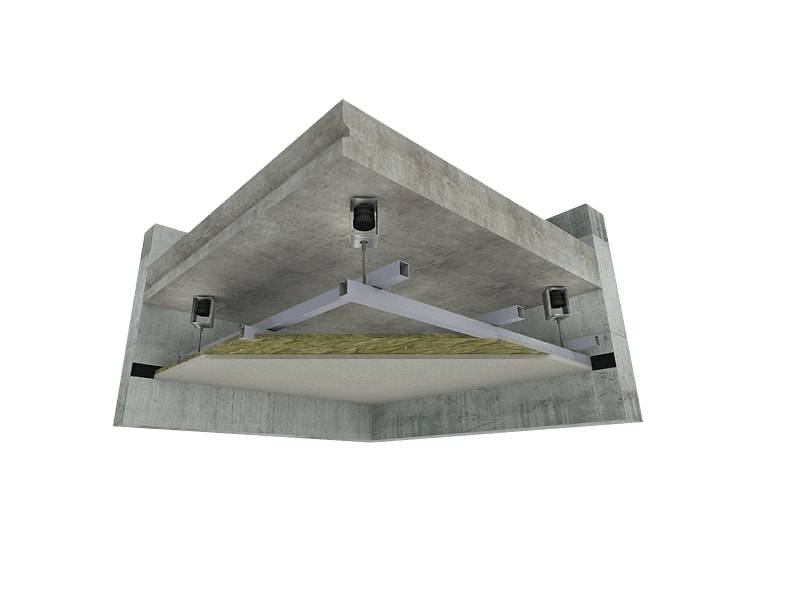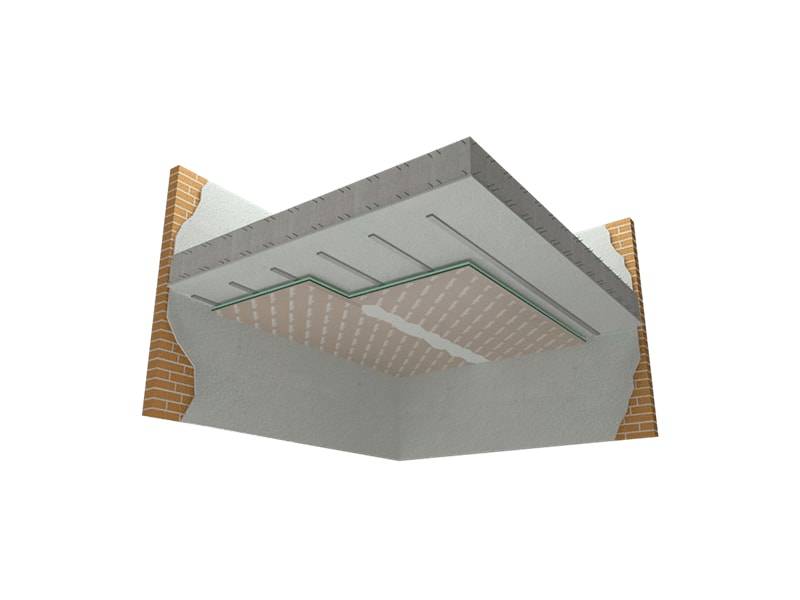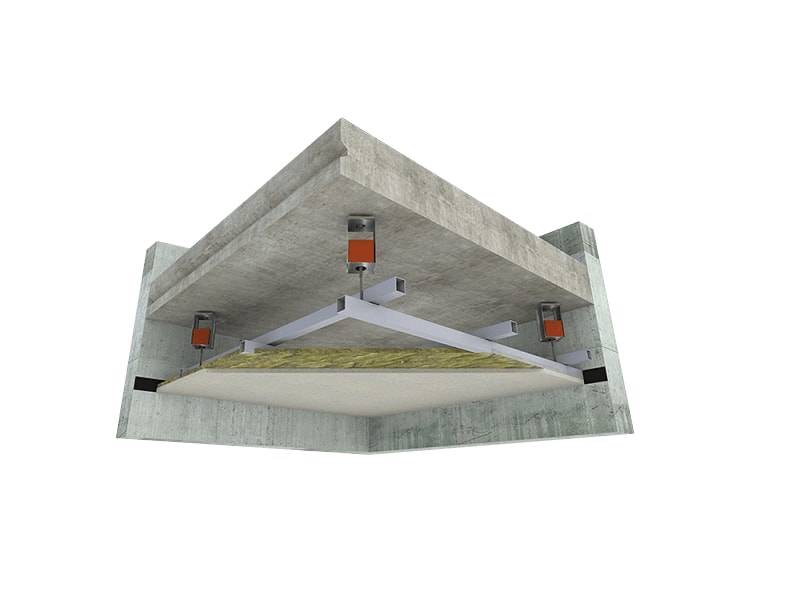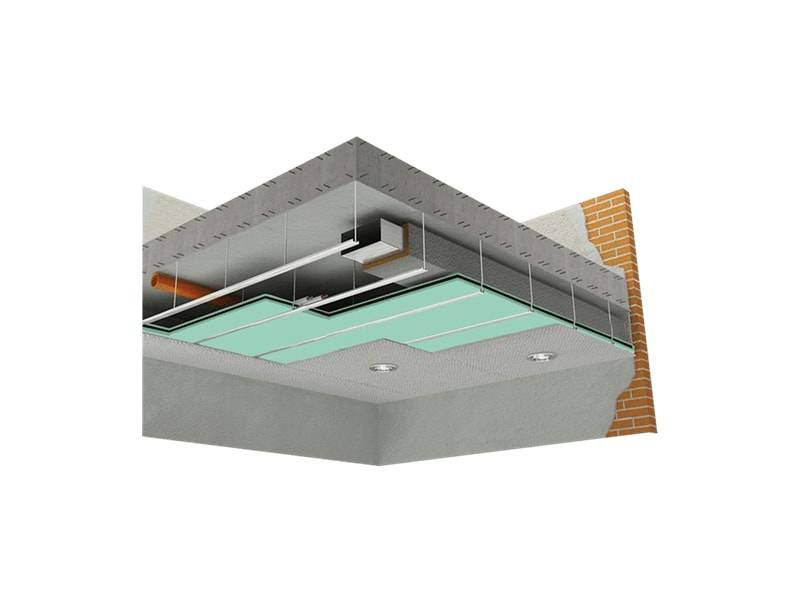BEFORE CEILING SOUND ISOLATION
Click to hear the ambient sound before ceiling isolation is applied.
AFTER CEILING SOUND ISOLATION
Click to hear the ambient sound after ceiling isolation is applied.


What is Ceiling Sound Insulation, What are the Harms, How is Sound Insulation made, What are the Benefits? : In our living spaces where we spend our lives, our buildings and our surroundings are called sound insulation in short, in order to protect our buildings and our environment from the damages of noise, with the right and effective, even the most effective sound insulation materials. Ceiling sound insulation is called sound insulation to prevent the passage of sounds from one place to another, to provide sound transmission loss, and to reduce the noise in the area where it is produced. The sound made to prevent and prevent the harm caused to human health by the noise caused by the mixing of sound interference in environments such as home, residence, cinema, office, meeting room, generator room, engine room, school, library, hotel, booster room, call center. The applications used for isolation with absorbent and sound insulation materials are called sound insulation.
1. Sound Insulation: It covers the measures to be taken in order to minimize the harmful effects of noise on people, aimed at sound insulation and insulation. Noise is a group of unwanted sounds that are irregularly structured, have different frequency components, and are often variable with time.
1.1 Prevention of the Damages of Sound: Noise pollution is among the factors that harm human health and comfort, especially in districts where unplanned urbanization is carried out. The disturbing noisy noises made by the factories around us, the loud noise heard in the residential area around the airport, the voices of salesmen, the sounds of traffic, and the conversations coming from the neighbors are perceived by people as noise in different doses and threaten human health when it reaches a disturbing dimension.
1.2 Sound: it is a radial substance that travels by touching and air particles. Basically, two methods are used to combat noise. It is acoustic regulation and sound insulation. Acoustic regulation is the regulation of the reflection time in a closed environment, that is, to reduce the intensity of the sound by absorbing it at the point where it is produced. Sound insulation is to insulate the sounds transmitted through building elements with insulation products that will provide sound transmission loss.
2. ADVANTAGES OF CEILING SOUND INSULATION
2.1. Ceiling Sound Insulation Provides Healthy and Comfortable Environments
Noise is an undesirable and disturbing situation in terms of our comfort. In addition to the discomfort it causes, it also creates negative effects on individuals in terms of psychological, physiological, and performance. Noise can be the cause of behavioral disorders, a decrease in working efficiency, hearing loss, tinnitus, and some psychological diseases.
30-65 dBA I. Degree Noise
- Inconvenience
- Discomfort
- Feeling bored
- Anger
- Poor concentration
- Sleeping disorder
65-90 dBA II. Grade Noise
- Physiological noise
- Change of heartbeat
- Accelerated breathing
- Decreased pressure in the brain
90-120 dBA III. Grade Noise
- Physiological noise
- Headache
120-140 dBA IV. Grade Noise
- Physiological noise
- Headache
140 dBA V-Order Noise
- Rupture of the eardrum
2.2. Ceiling Sound Insulation Makes People Efficient
Factory etc. as a result of noise. The productivity of the employees in industrial facilities decreases, their attention is distracted, and as result work accidents occur. The decrease in work efficiency due to noise also harms the institutions economically. A similar effect is seen in students in education. Students who are exposed to noise are distracted and their concentration is impaired, so they cannot understand the information given efficiently. Studies of those living around Munich Airport have concluded that airplane noise reduces children's long-term recall and comprehension abilities. In order for people to continue their activities efficiently, they should be free from noise with ceiling sound insulation.
3. CEILING SOUND INSULATION MATERIALS
I. Building Insulation
Wall, Floor, Roof Applications: Acoustic sponges, rubber barriers, soft polyurethane-based foams, melamine foam, felts, perforated metals, perforated woods, perforated gypsum boards, cork. Flooring Applications (only to prevent impact sound): Materials made of polyethylene, rubber foam, textile waste
II. Insulating Glass Units
Acoustic Laminated Glass Solutions
III. Technical (Industrial) Insulation
Acoustic sponge, acoustic products, acoustic mattresses, polyethylene, polyurethane, rubber foam, springs, hangers, silencers, etc.
4. APPLICABLE STANDARD AND LEGISLATION REGARDING CEILING SOUND INSULATION
- TS 901 (01.11.1972): Fibrous Heat and Sound Insulation Material
- TS EN ISO 140-1 (18.03.2002): Acoustics - Measurement of Ceiling Sound Insulation in Buildings and Building Elements - Part 1: Rules for Laboratory Test Sites with Suppressed Side Conduction
- TS EN ISO 140-3 (16.01.1996): Acoustics - Measurement of Ceiling Sound Insulation in Buildings and Building Elements - Part 3: Measurement of Airborne Sound Insulation Value of Building Elements in the Laboratory
- TS ISO 140-4 (16.01.1996): Acoustics - Measurement of Ceiling Sound Insulation in Buildings and Building Elements - Part 4: Area Measurements of Air-Diffused Ceiling Sound Insulation Between Rooms
- TS ISO 140-5 (16.01.1996): Measurement of Ceiling Sound Insulation in Acoustic Structures and Building Elements - Part 5: Field Measurements of Air Diffused Sound Insulation of Exterior Wall Cladding Elements and Exterior Wall Cladding
- TS EN ISO 140-6 (18.03.2002): Acoustic - Measurement of Ceiling Sound Insulation in Buildings and Building Elements - Part 6: Laboratory Measurements of Impact Sound Insulation of Floors
- TS EN ISO 140-12 (01.04.2002): Acoustics - Measurement of Ceiling Sound Insulation in Buildings and Building Elements - Part 12: Laboratory Measurements of Sound Insulation Between Rooms by Air and Impact on an Accessible Ground Floor.
- TS EN 20140-2 (16.01.1996): Acoustics - Measurement of Ceiling Sound Insulation in Buildings and Building Elements - Part 2: Determination, Verification and Application of Precision Information
- TS EN 20140-9 (16.01.1996): Acoustics - Measurement of Ceiling Sound Insulation in Buildings and Building Elements Section 9: Laboratory Measurements of Room-to-Room Sound Insulation in a Suspended Ceiling Filled with an Upper Filler
- TS EN 20140-10 (16.01.1996): Acoustic - Measurement of Ceiling Sound Insulation in Buildings and Building Elements - Part 10: Laboratory Measurements of Airborne Sound Insulation in Small Building Elements
- TS EN 12758 (11.11.2002): Glass - Used in Buildings - Glass Systems and Air Source Ceiling Sound Insulation - Properties, Descriptions, and Determinations
4.1. Current rules regarding ceiling sound insulation
- TS 2381 (05.04.1976): Evaluation of Ceiling Sound Insulation in Houses
- "Regulation on Assessment and Management of Environmental Noise 2002/49" published in the Official Gazette dated 01 July 2005 and numbered 25862.
- "Regulation on Health and Safety in Construction Works" published in the Official Gazette No. 25325 dated December 23, 2003
- "Noise Regulation" published in the Official Gazette No. 25325 dated December 23, 2003
- "Vibration Regulation" published in the Official Gazette dated December 23, 2003, and numbered 25325
- "Regulation on Health and Safety Conditions in the Use of Work Equipment" published in the Official Gazette dated 11 February 2004 and numbered 25370.
- "Regulation on the Use of Personal Protective Equipment at Workplaces" published in the Official Gazette dated 11 February 2004 and numbered 25370.
- "Regulation on the Procedures and Principles of Occupational Health and Safety Training of Employees" published in the Official Gazette No. 25426 of 07 April 2004

Ceiling Sound Isolation 70 DB
Similar Products :
No related posts.


